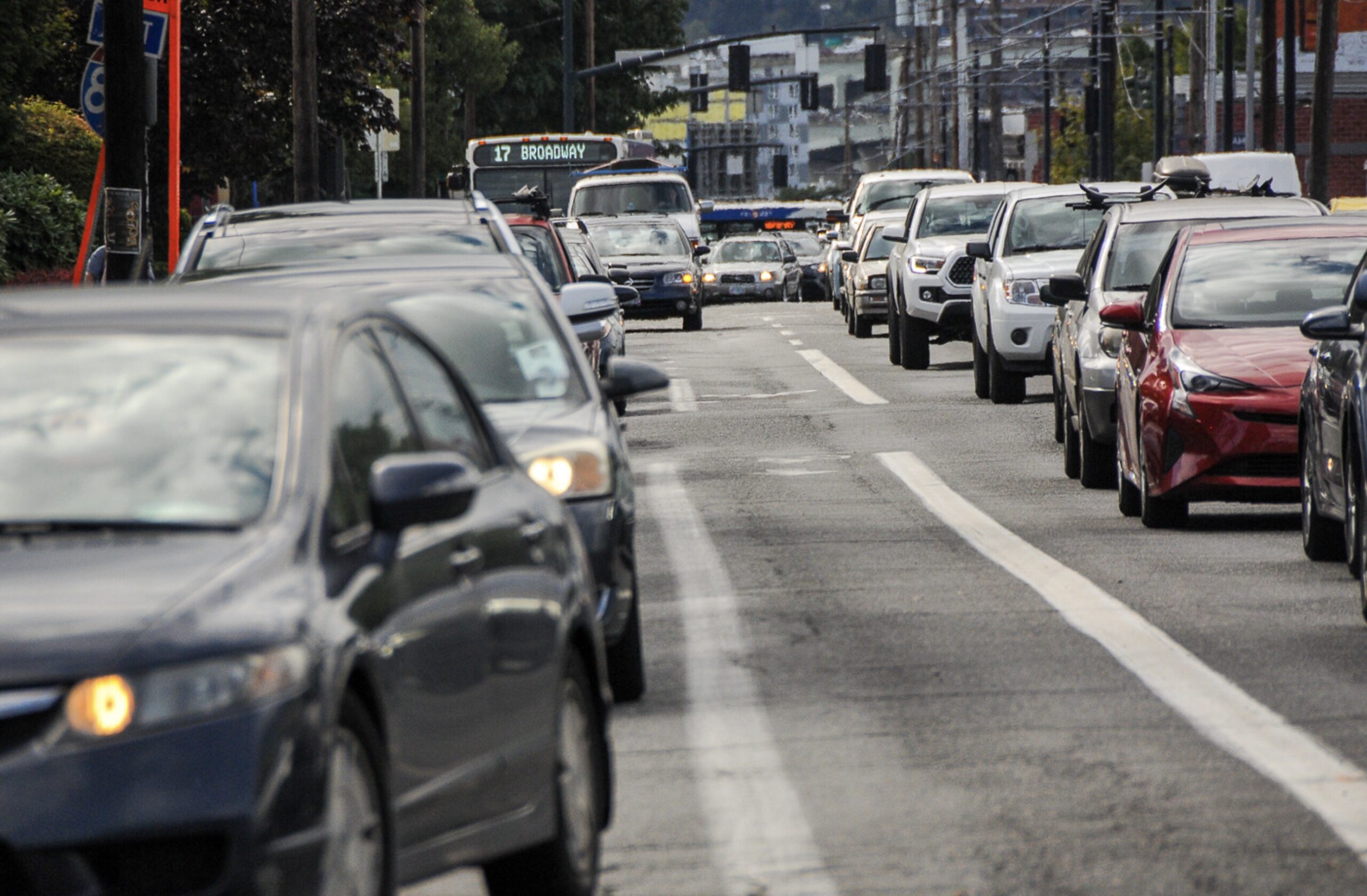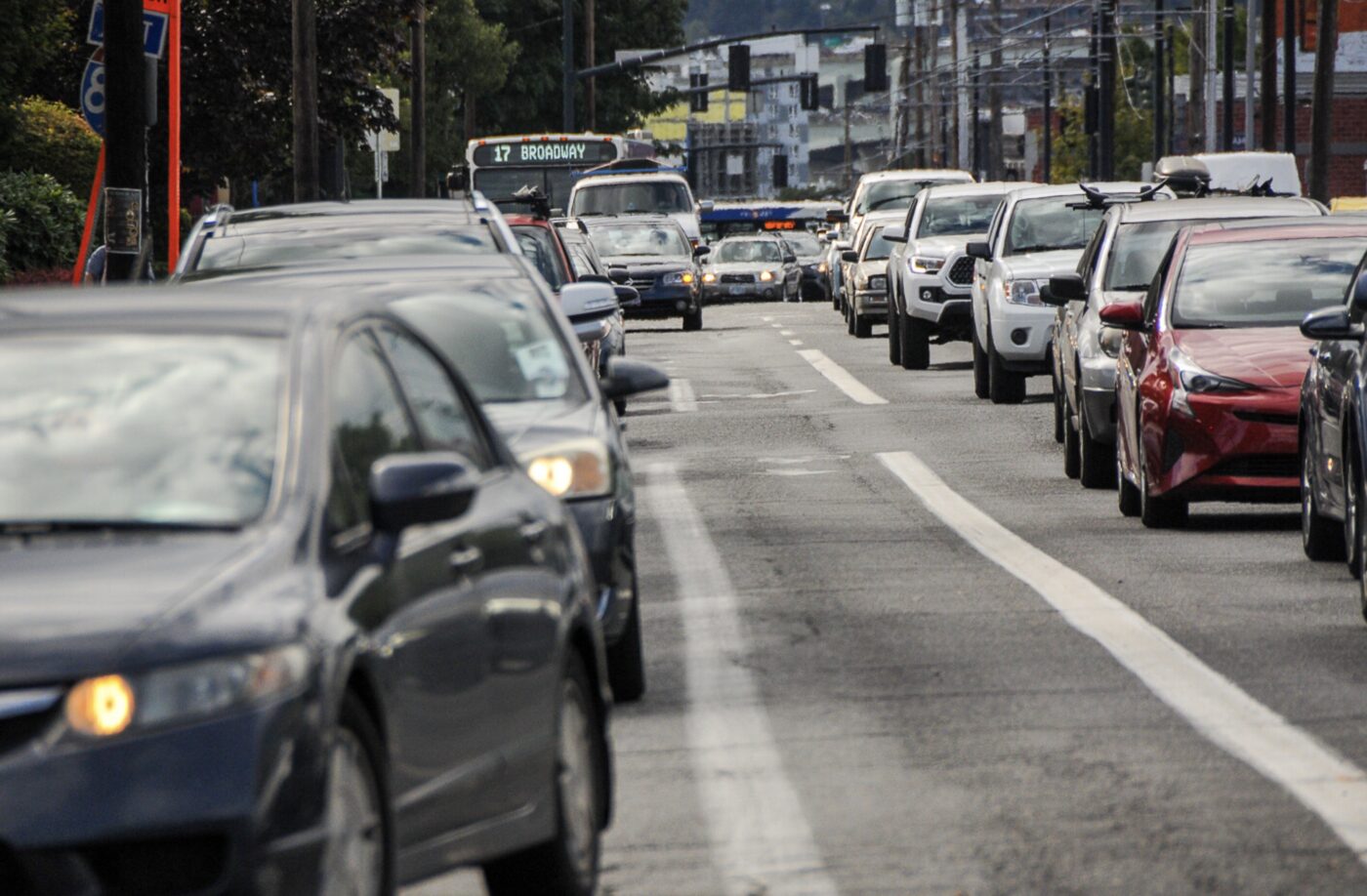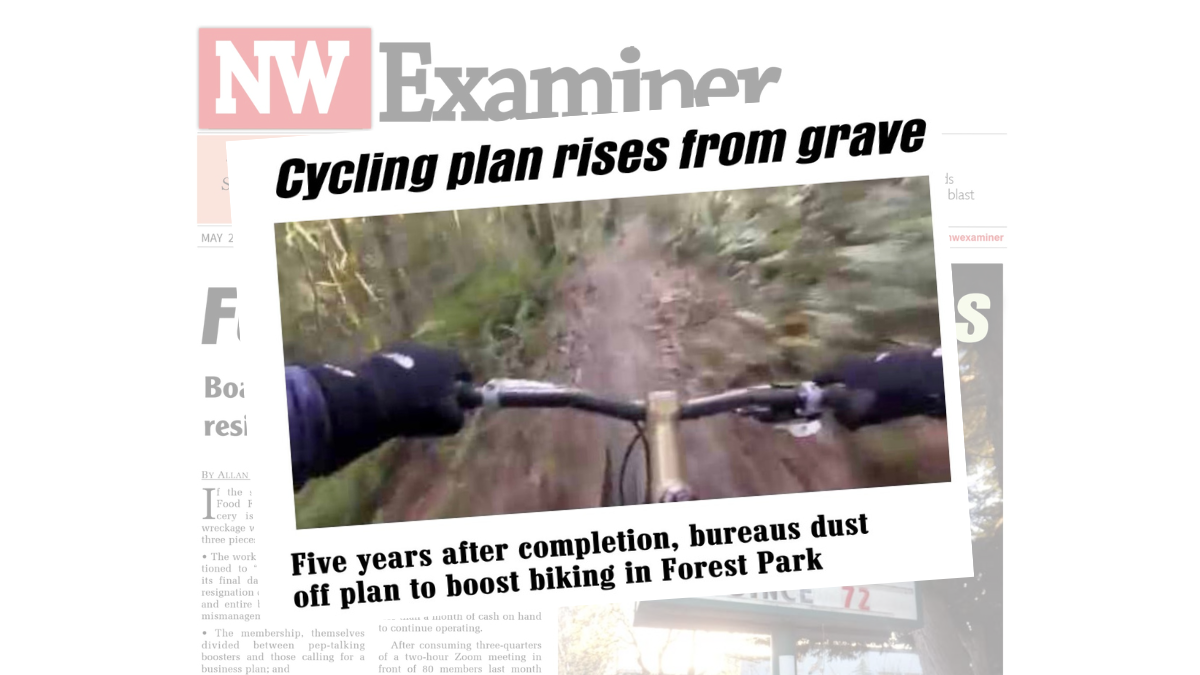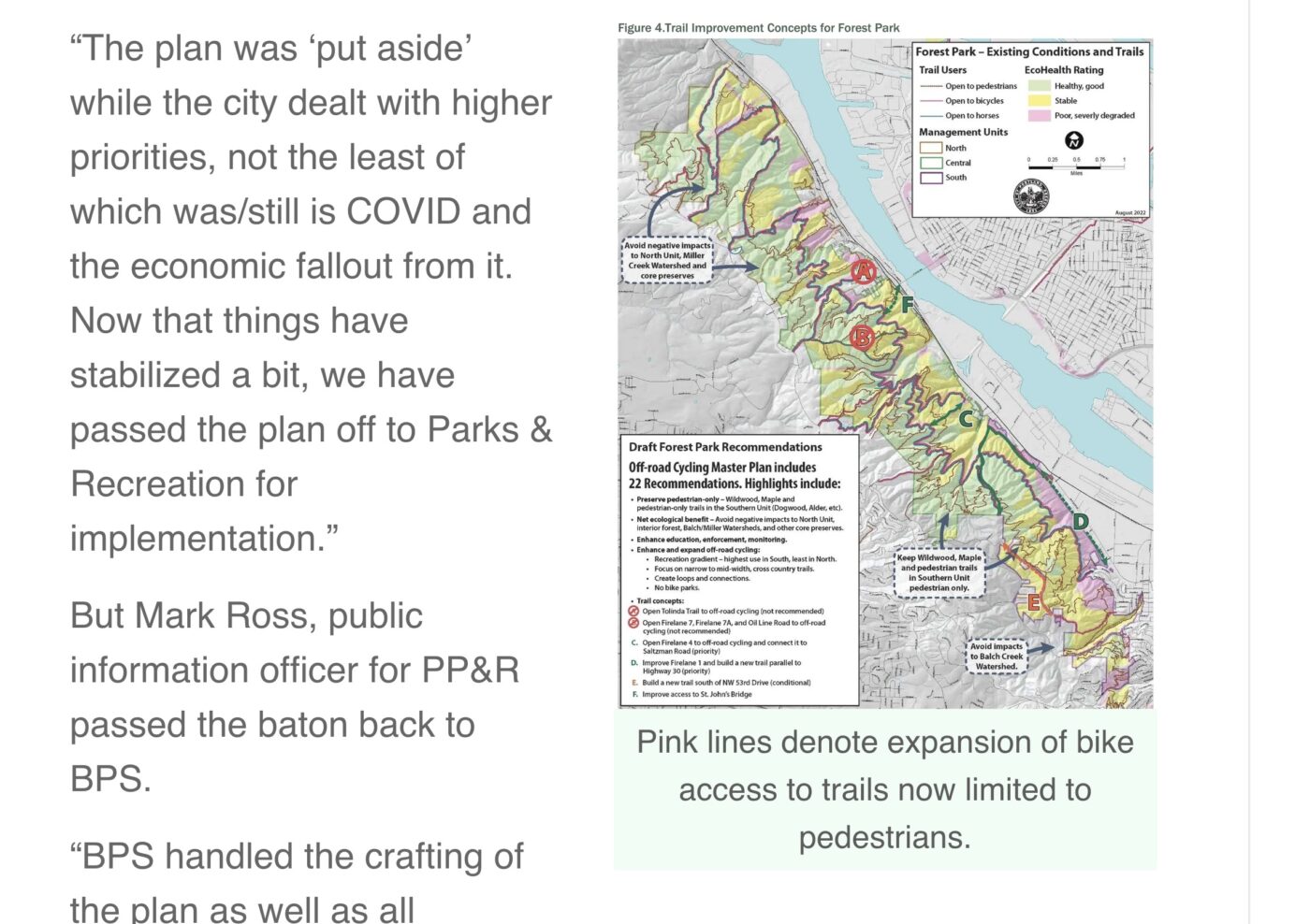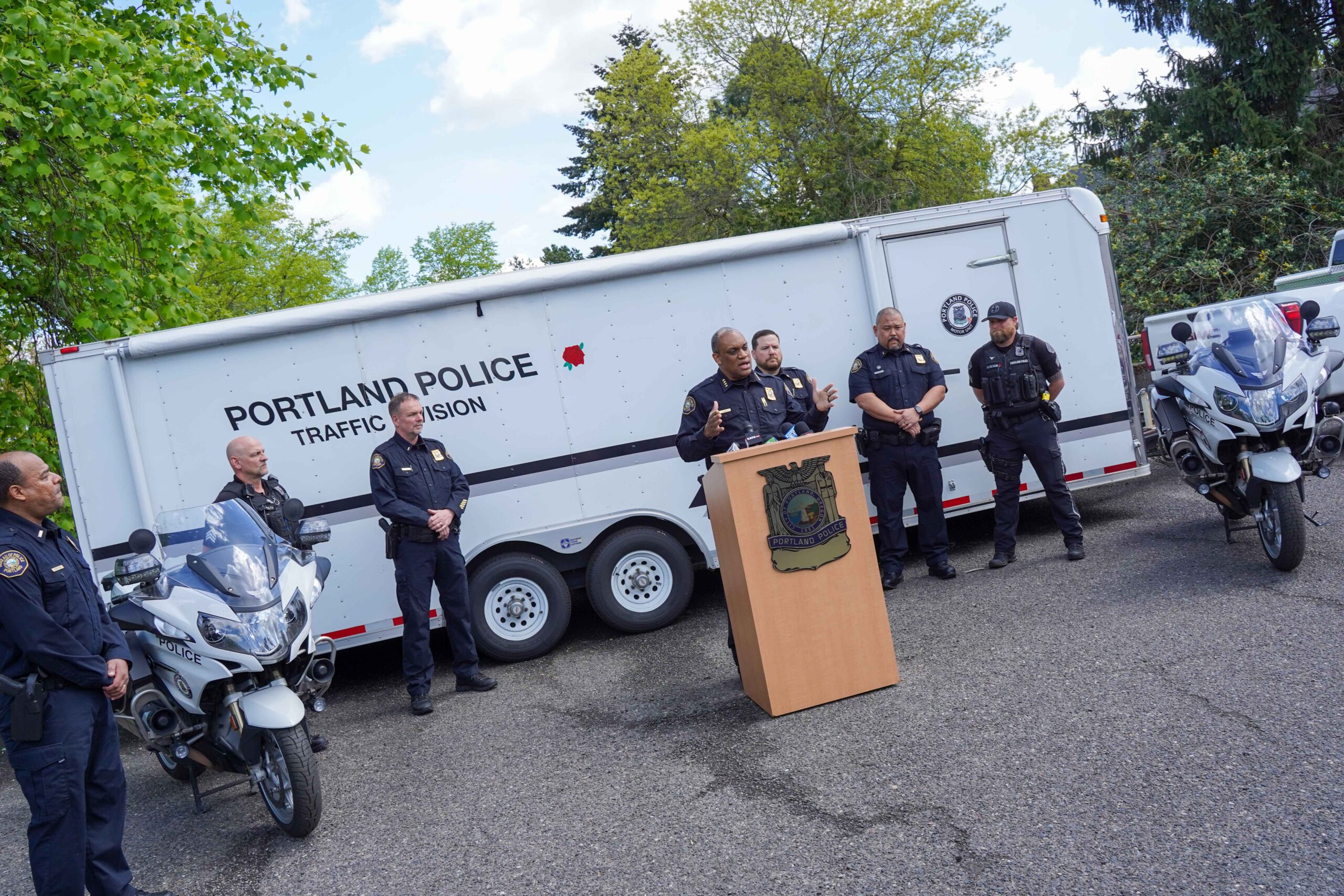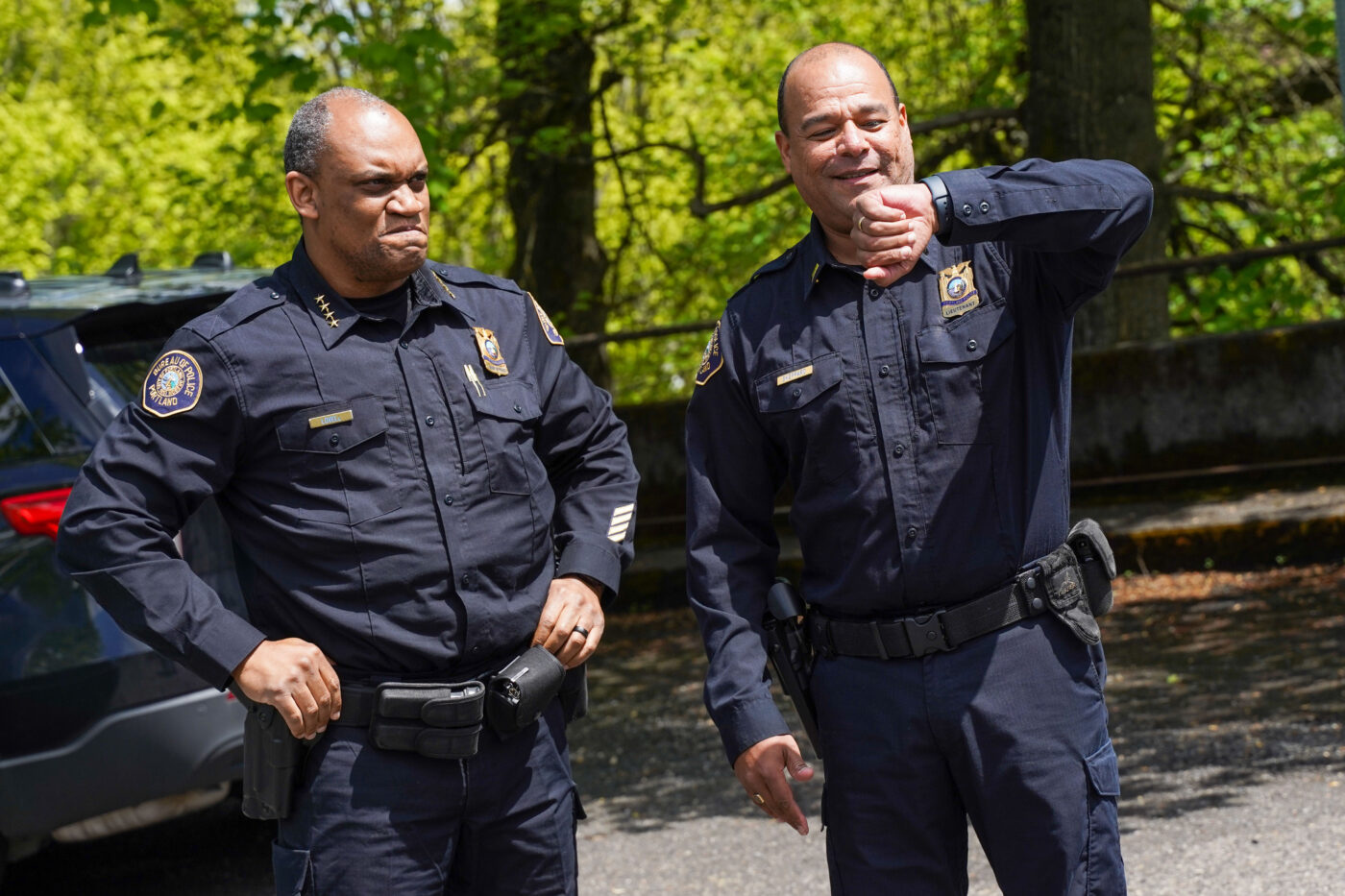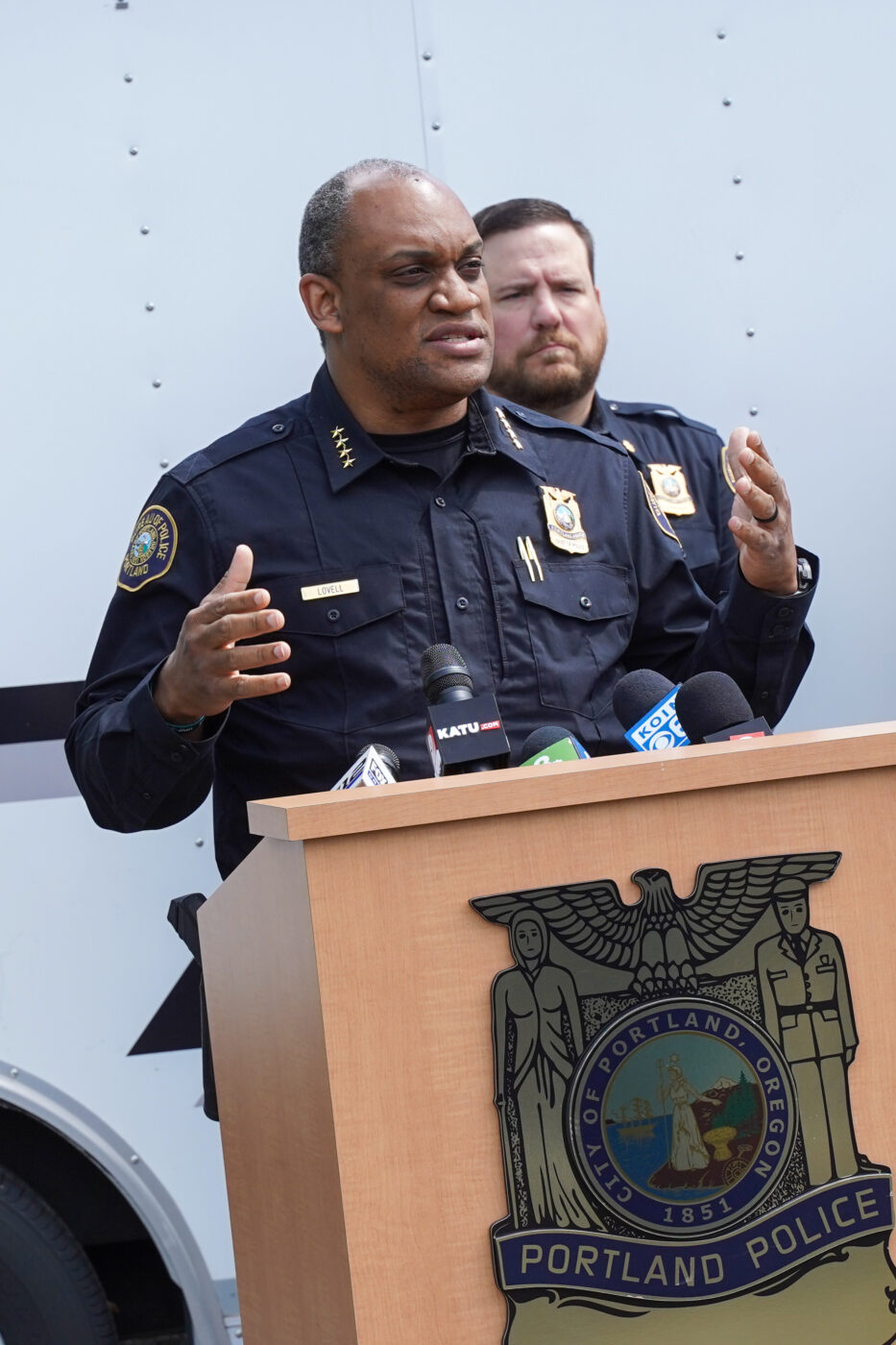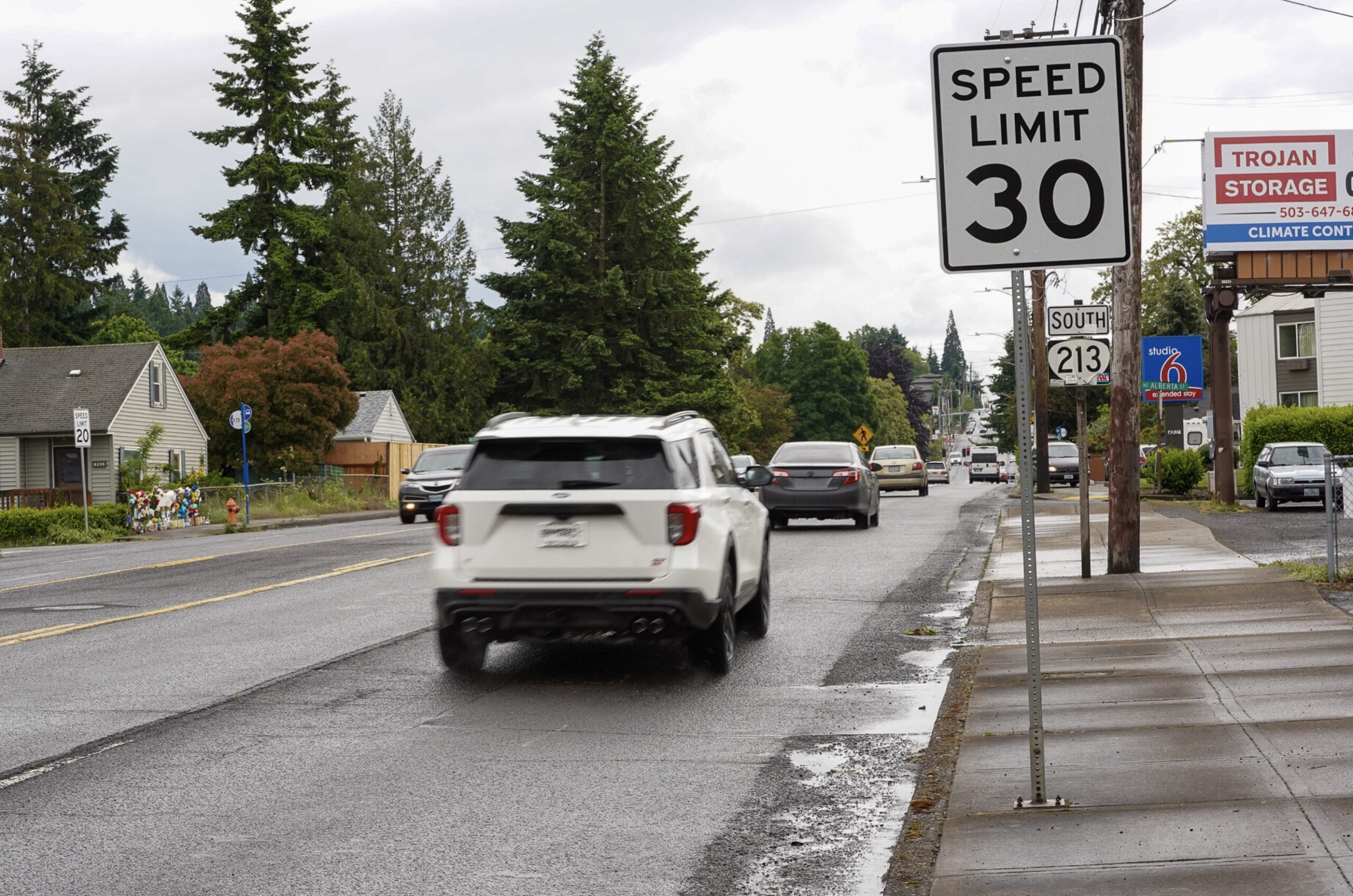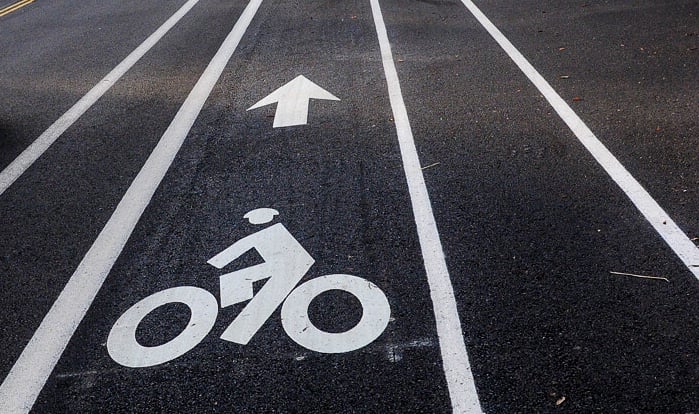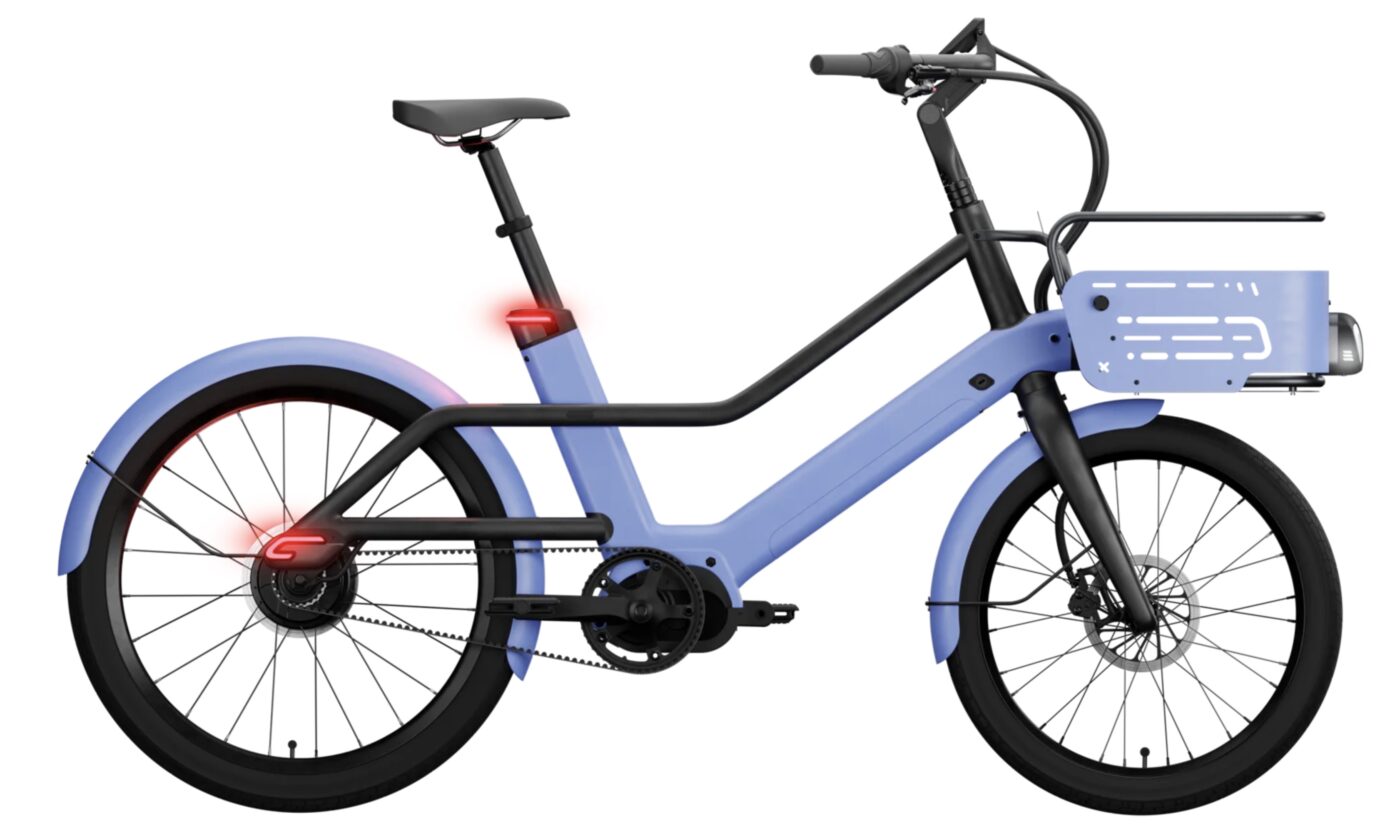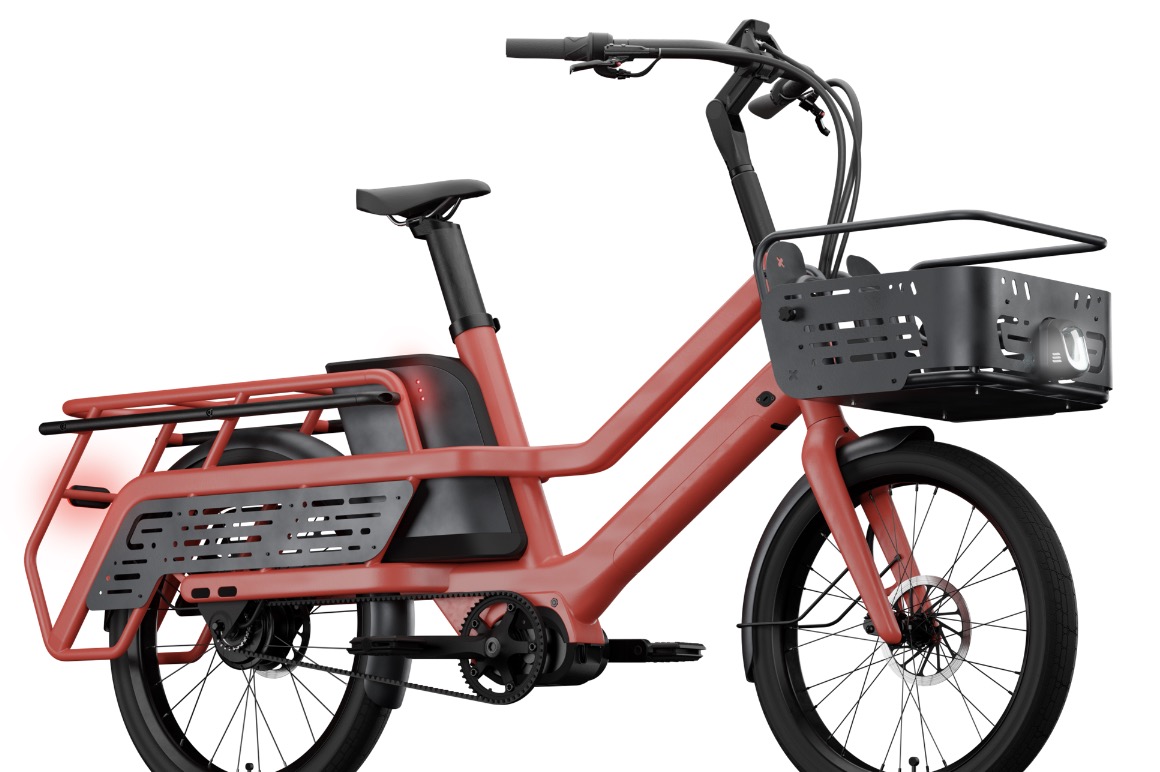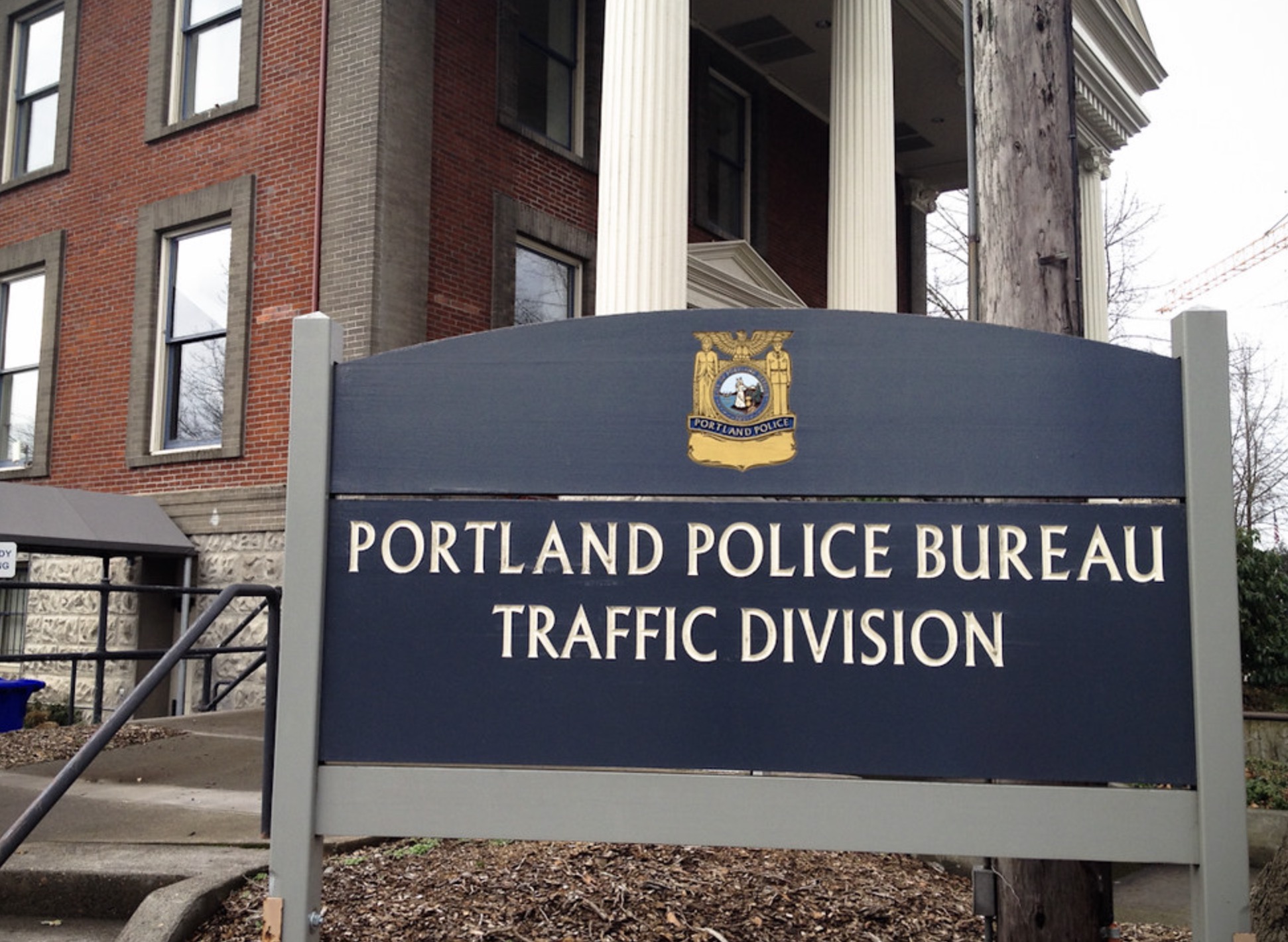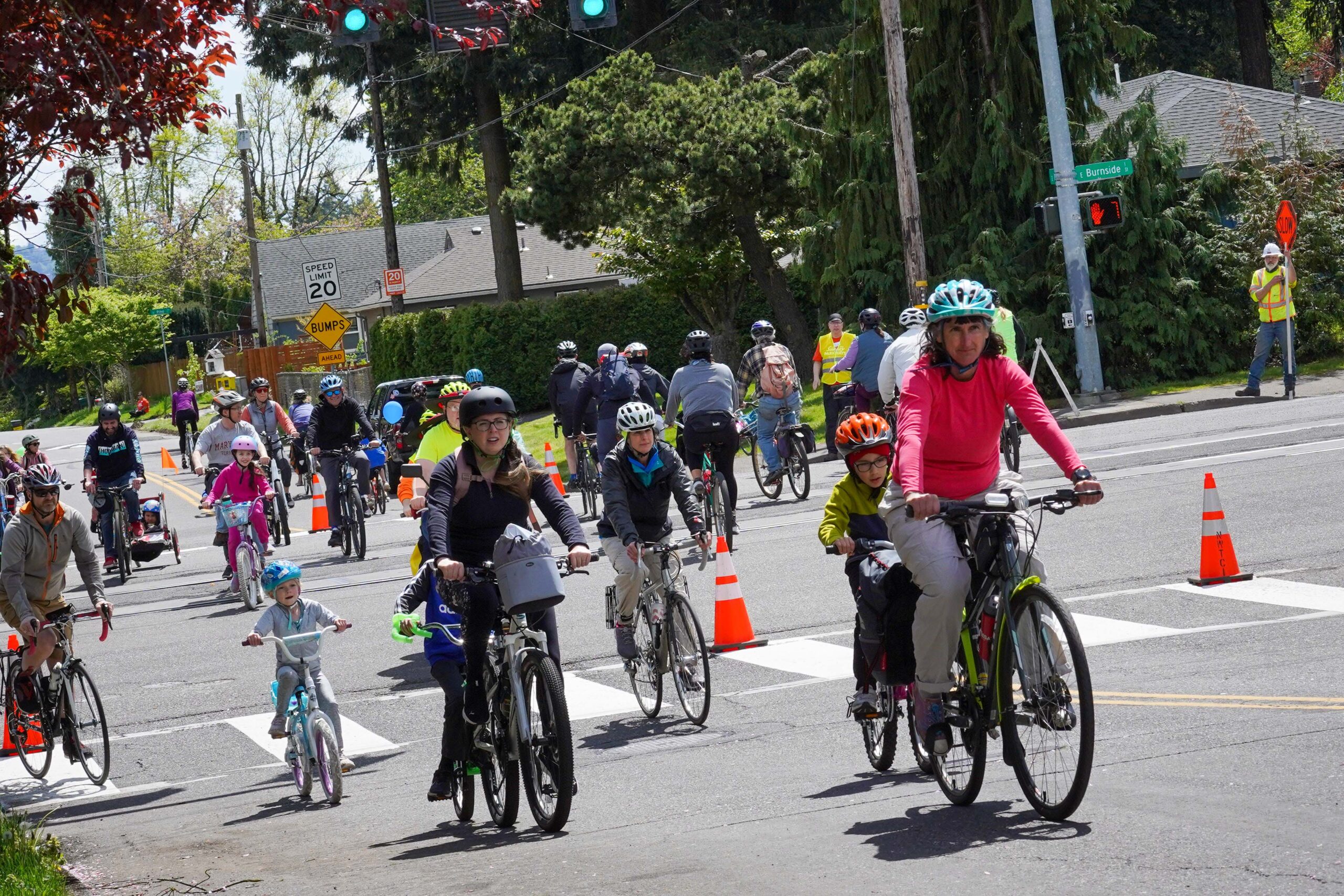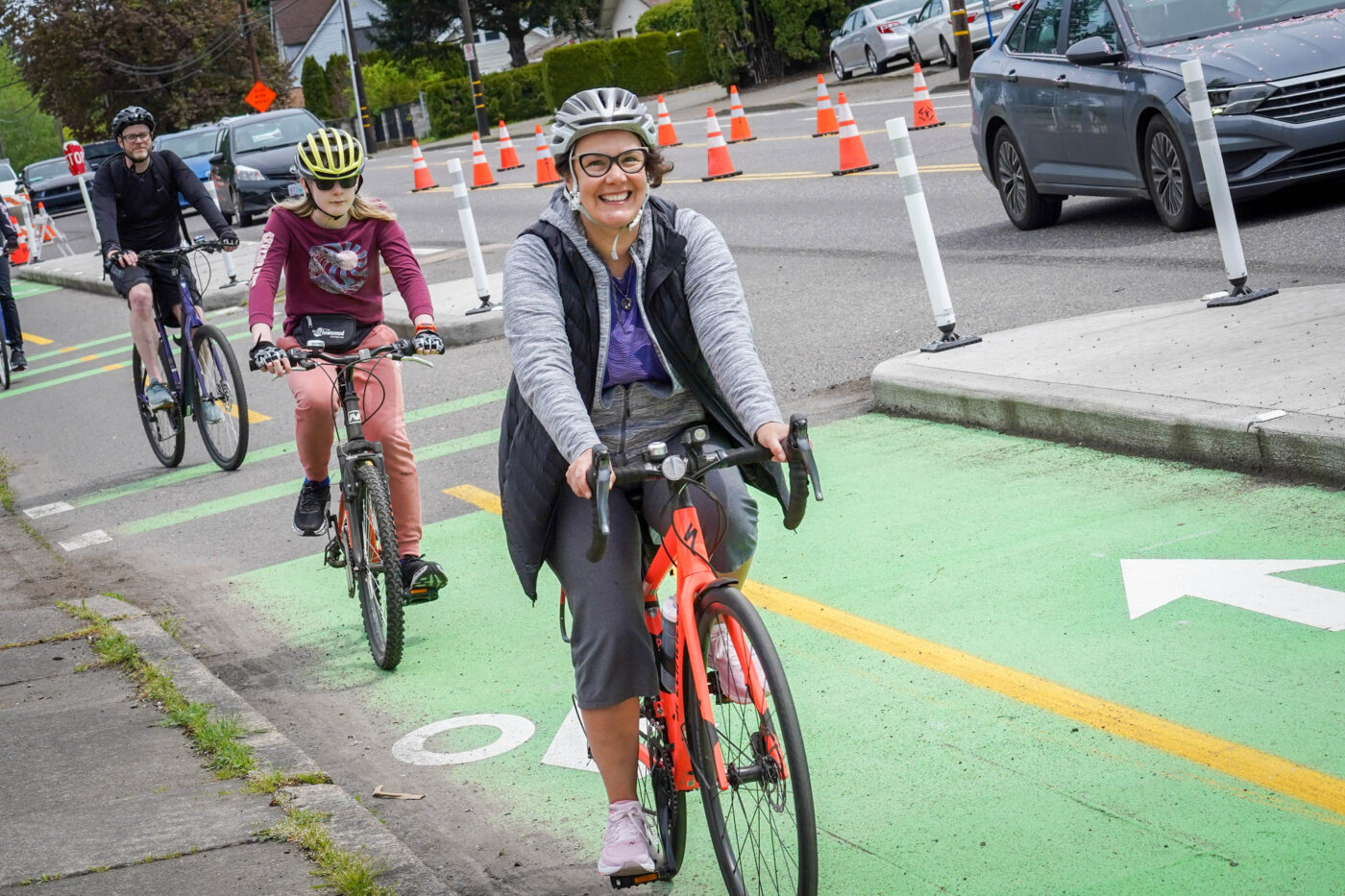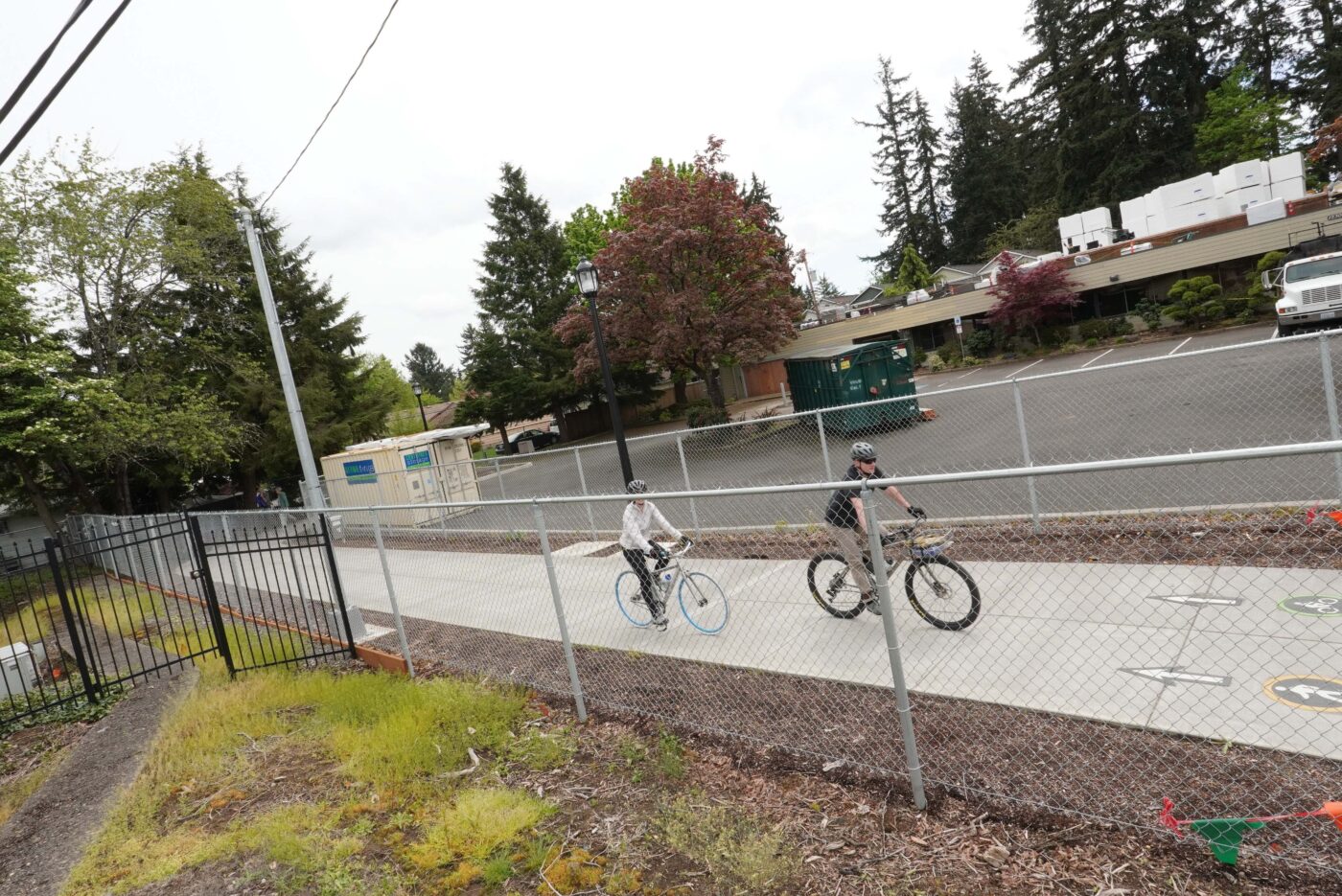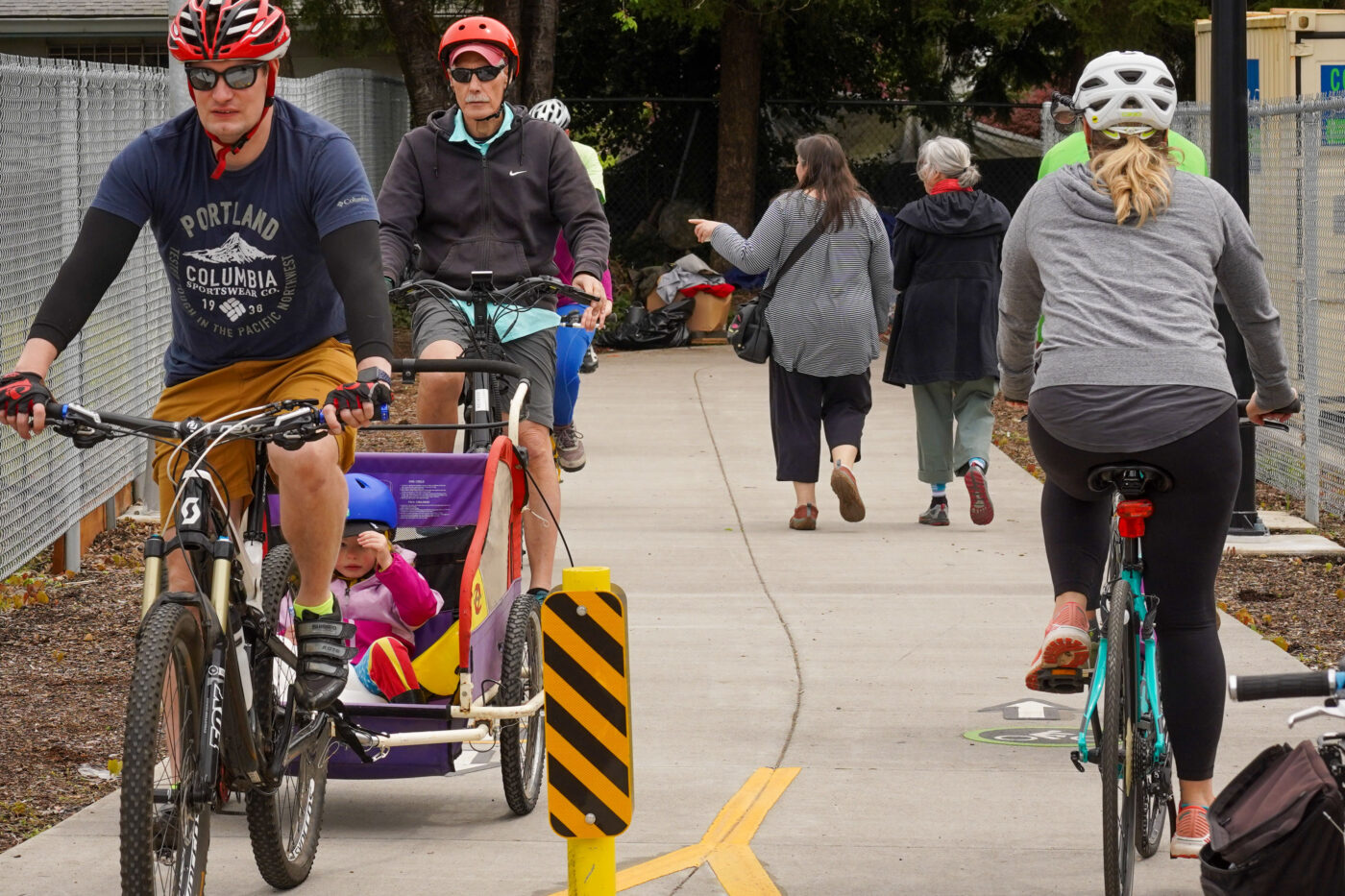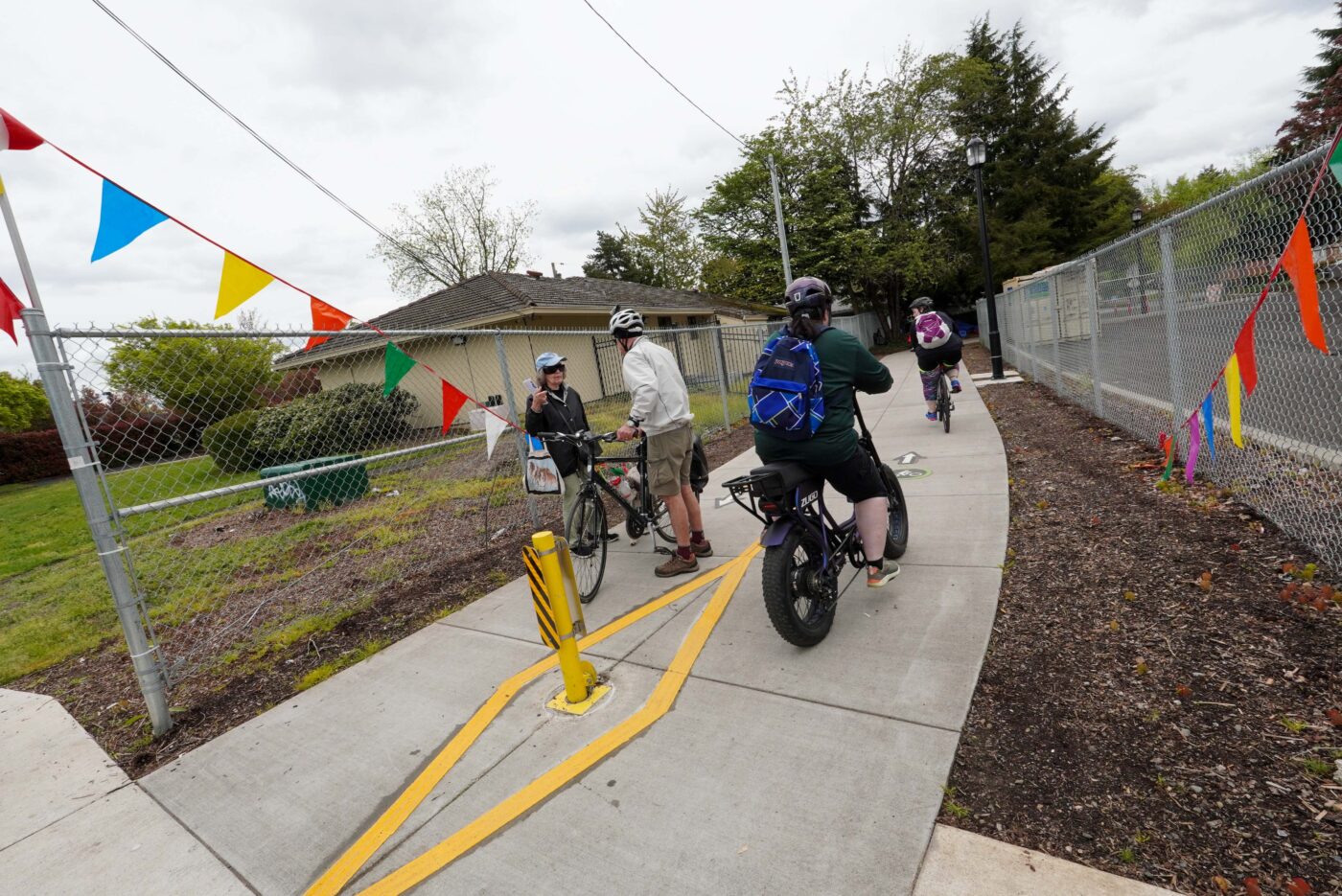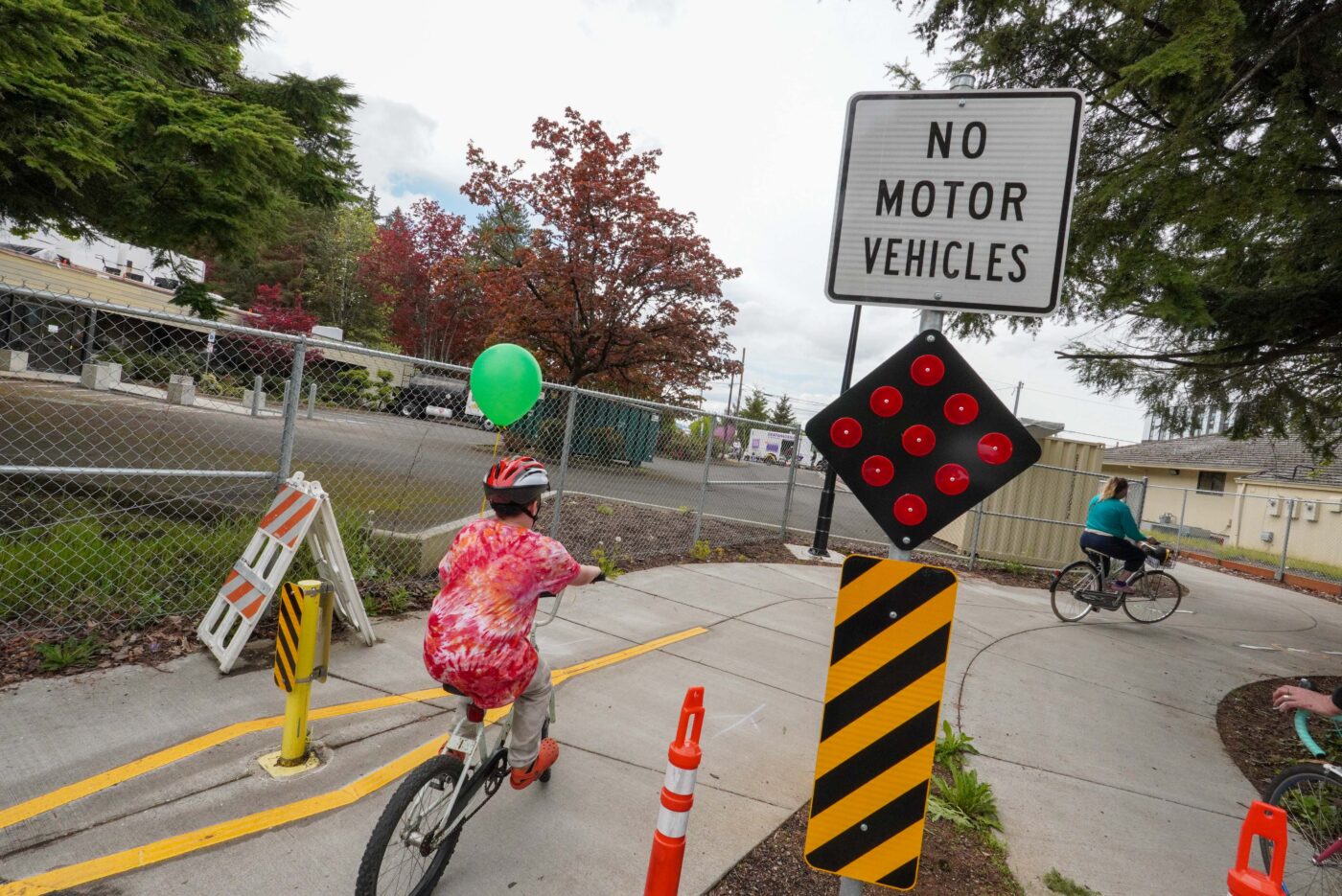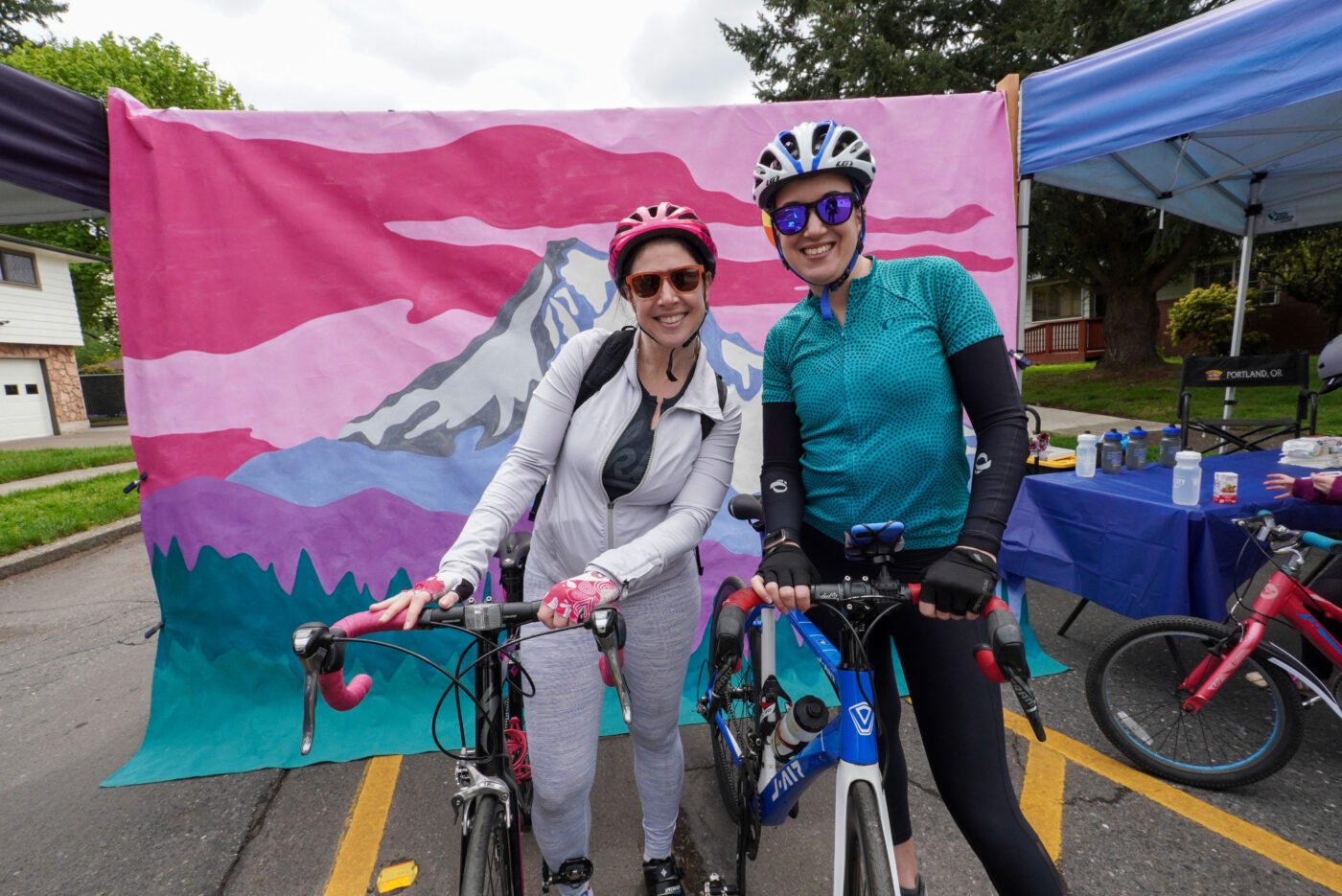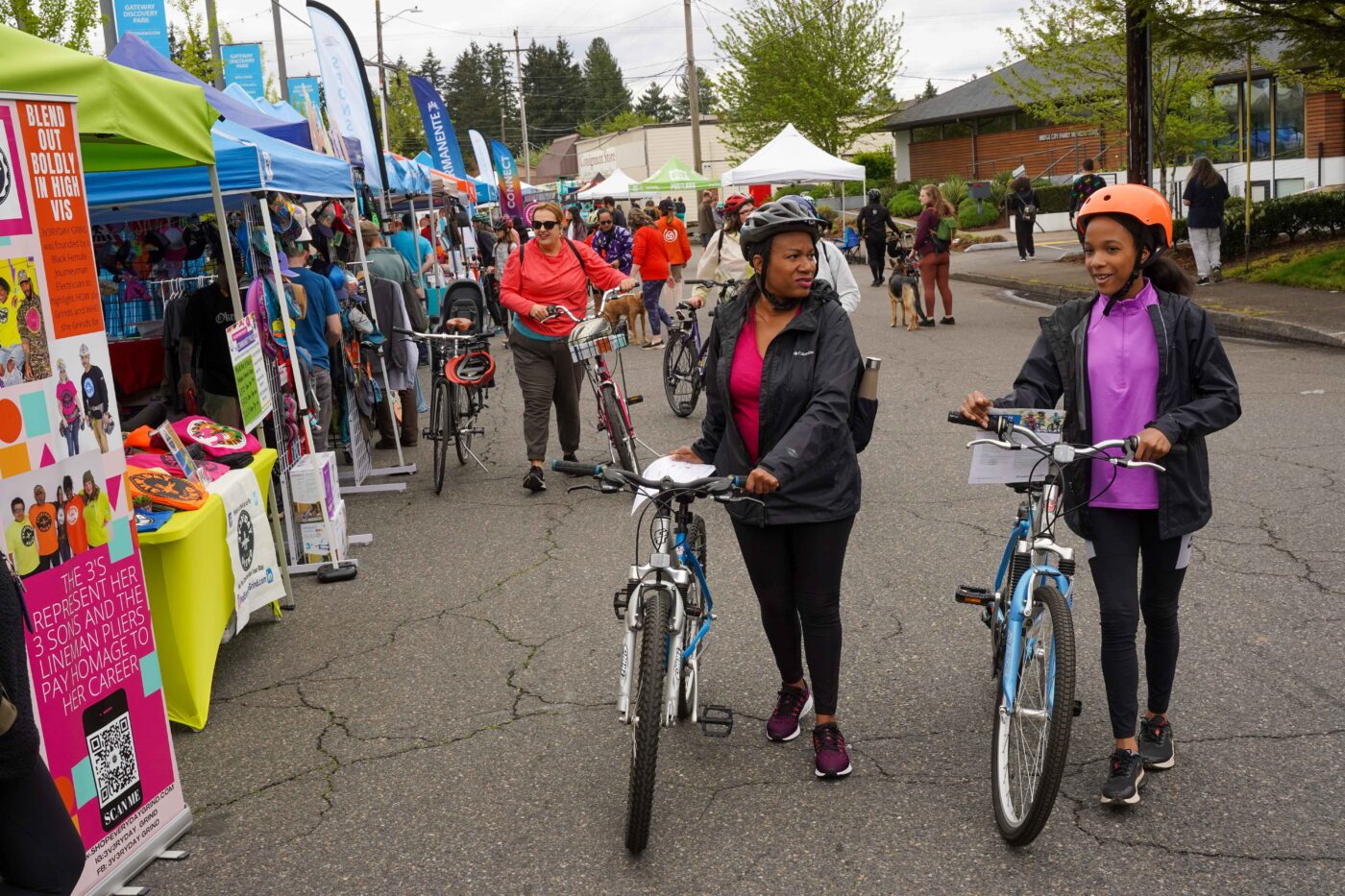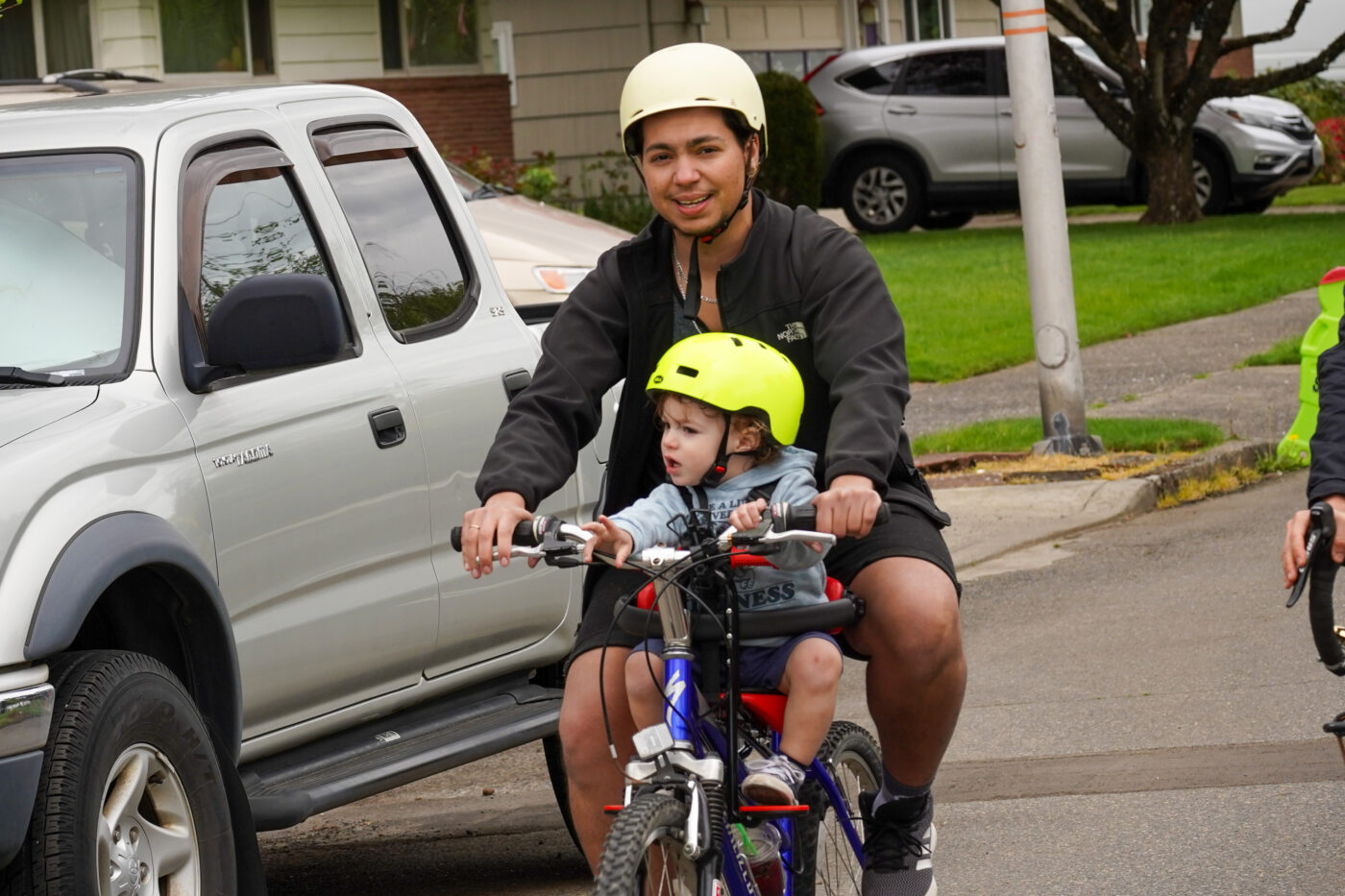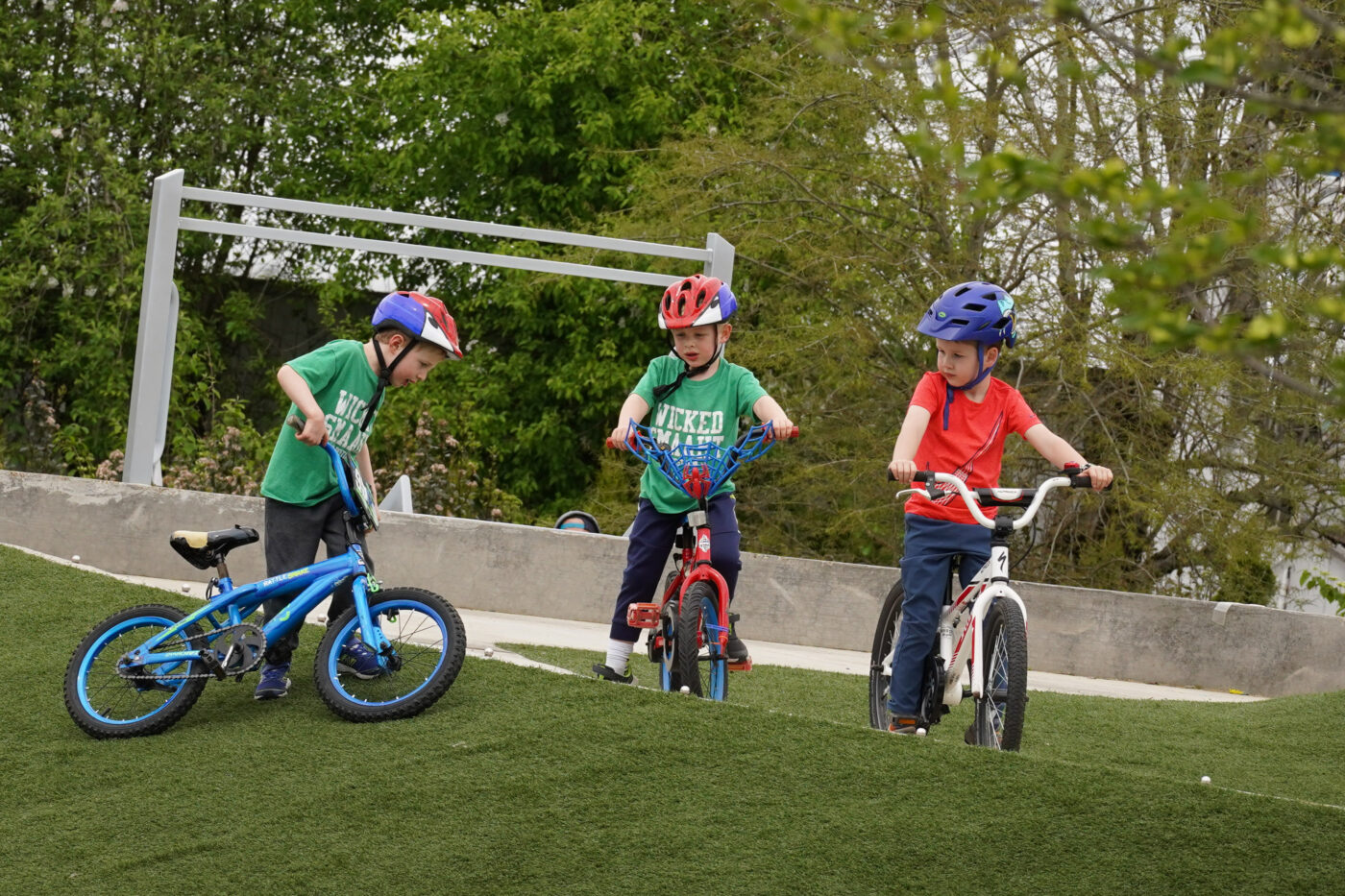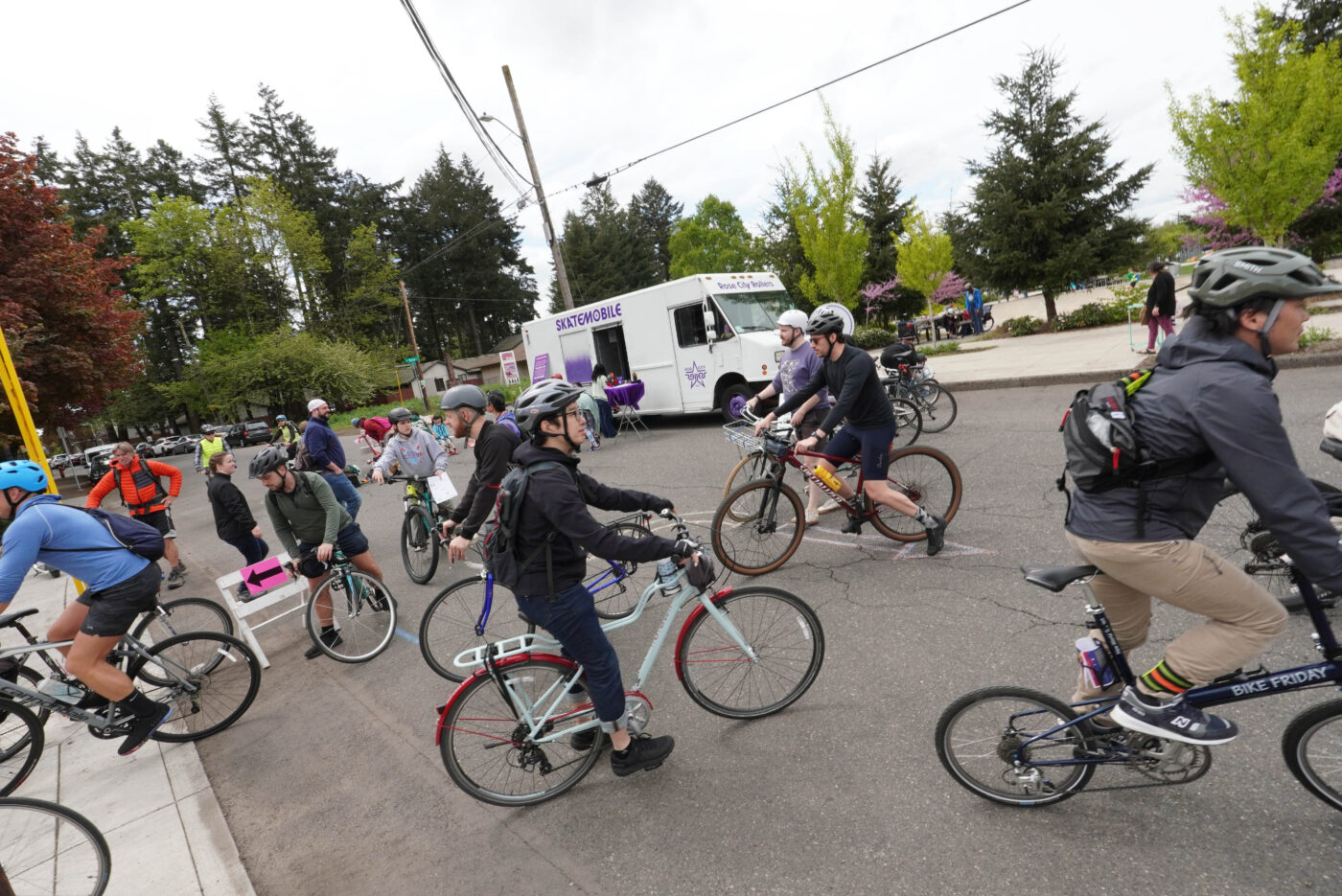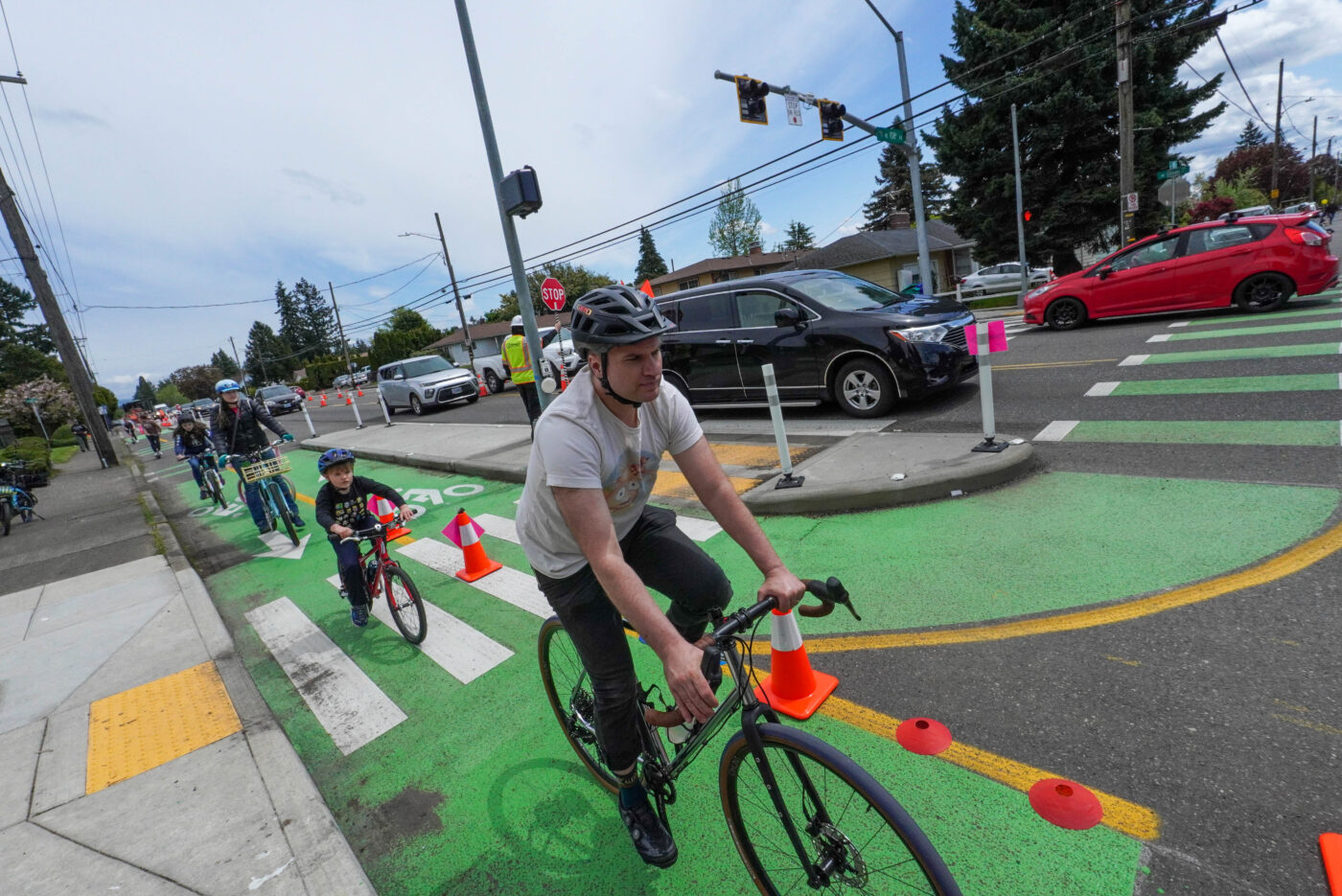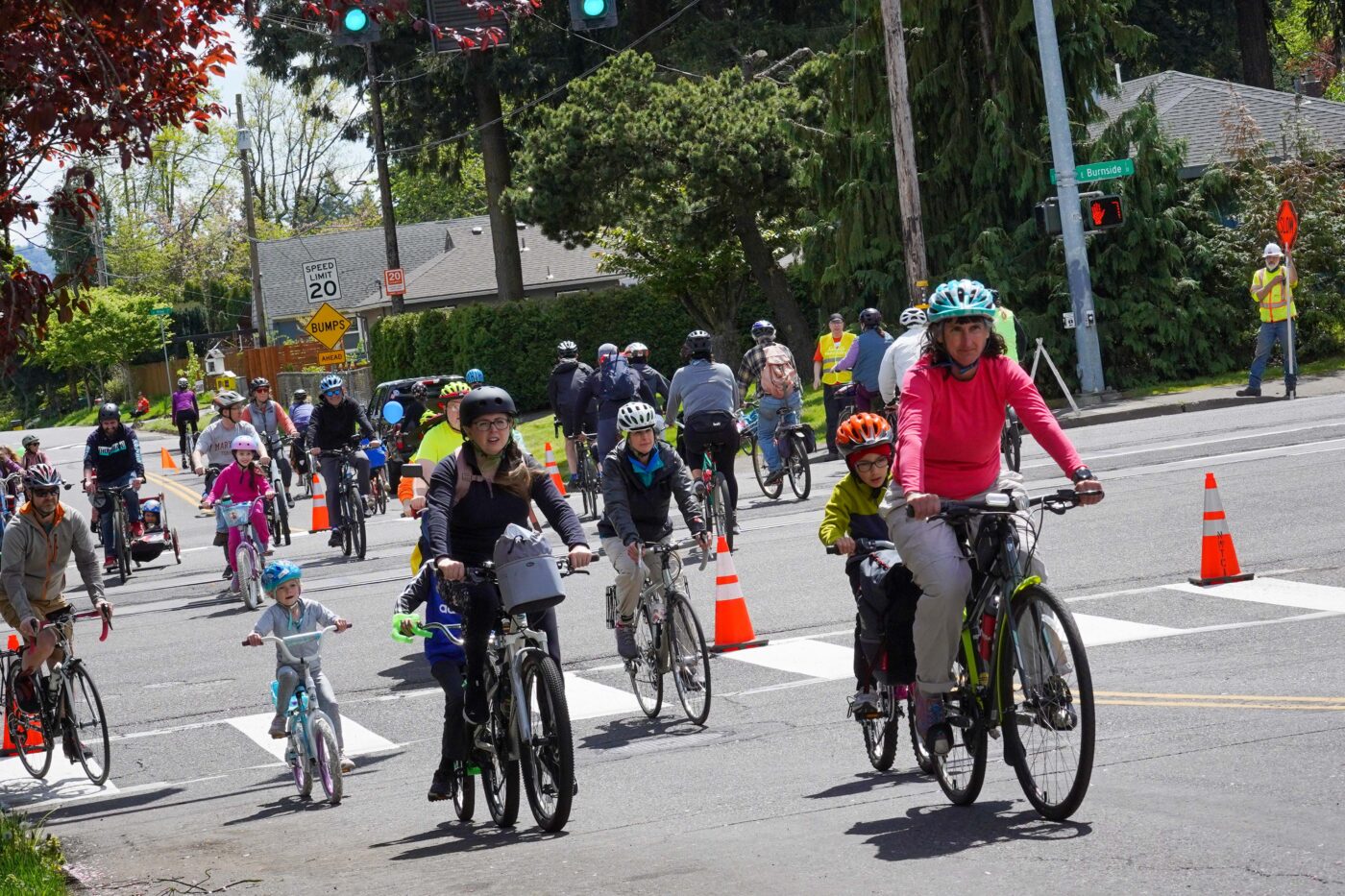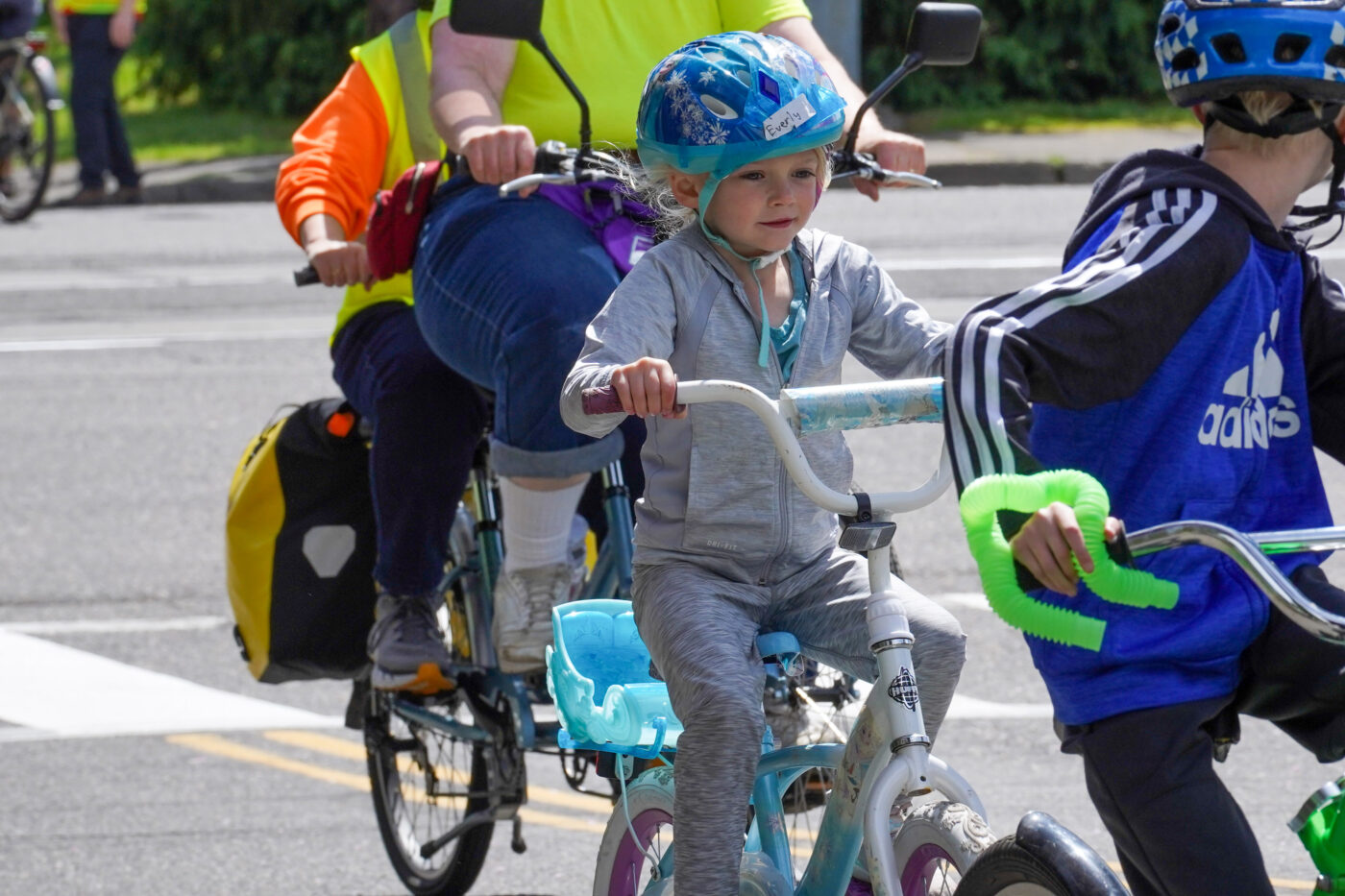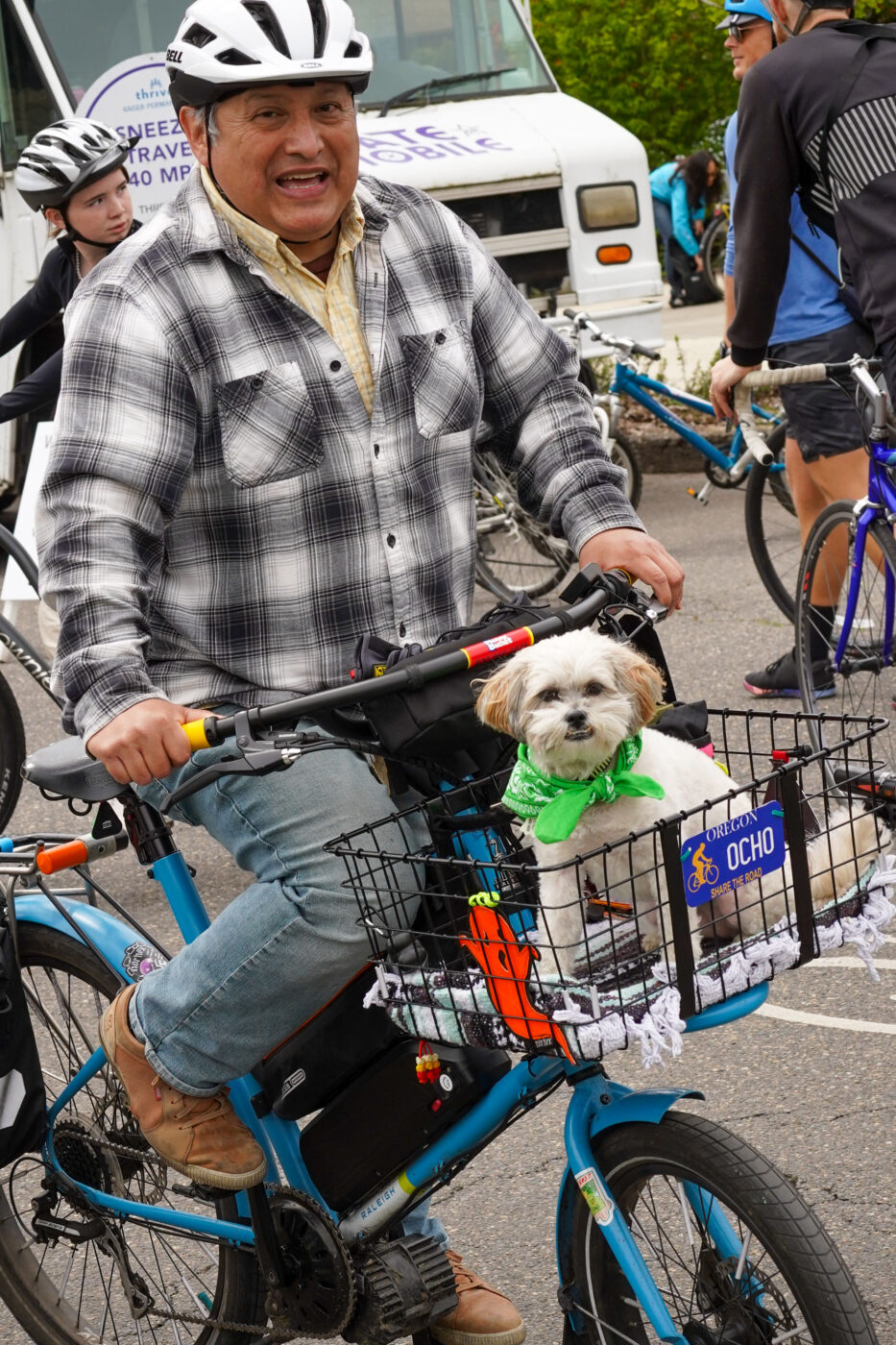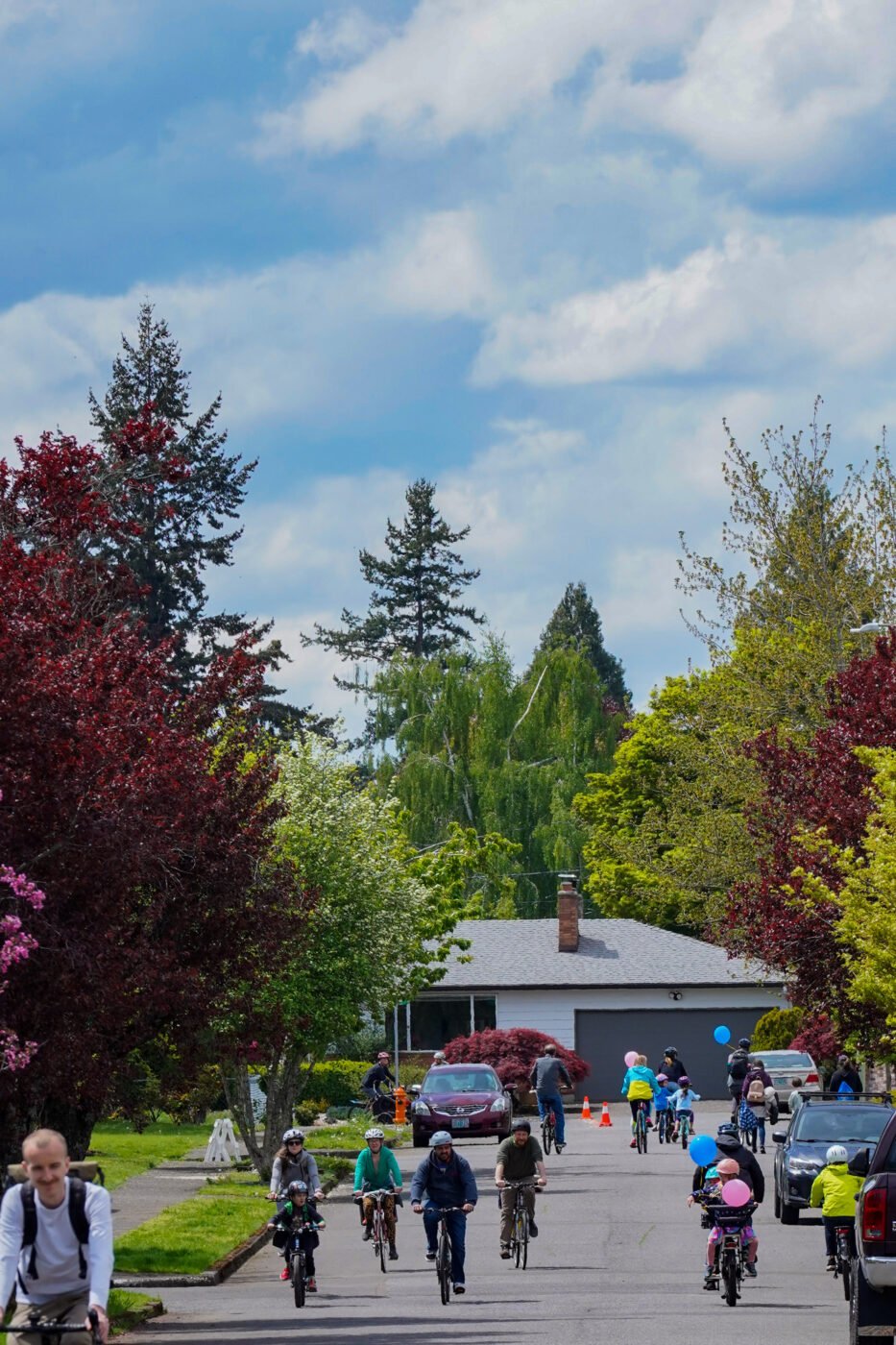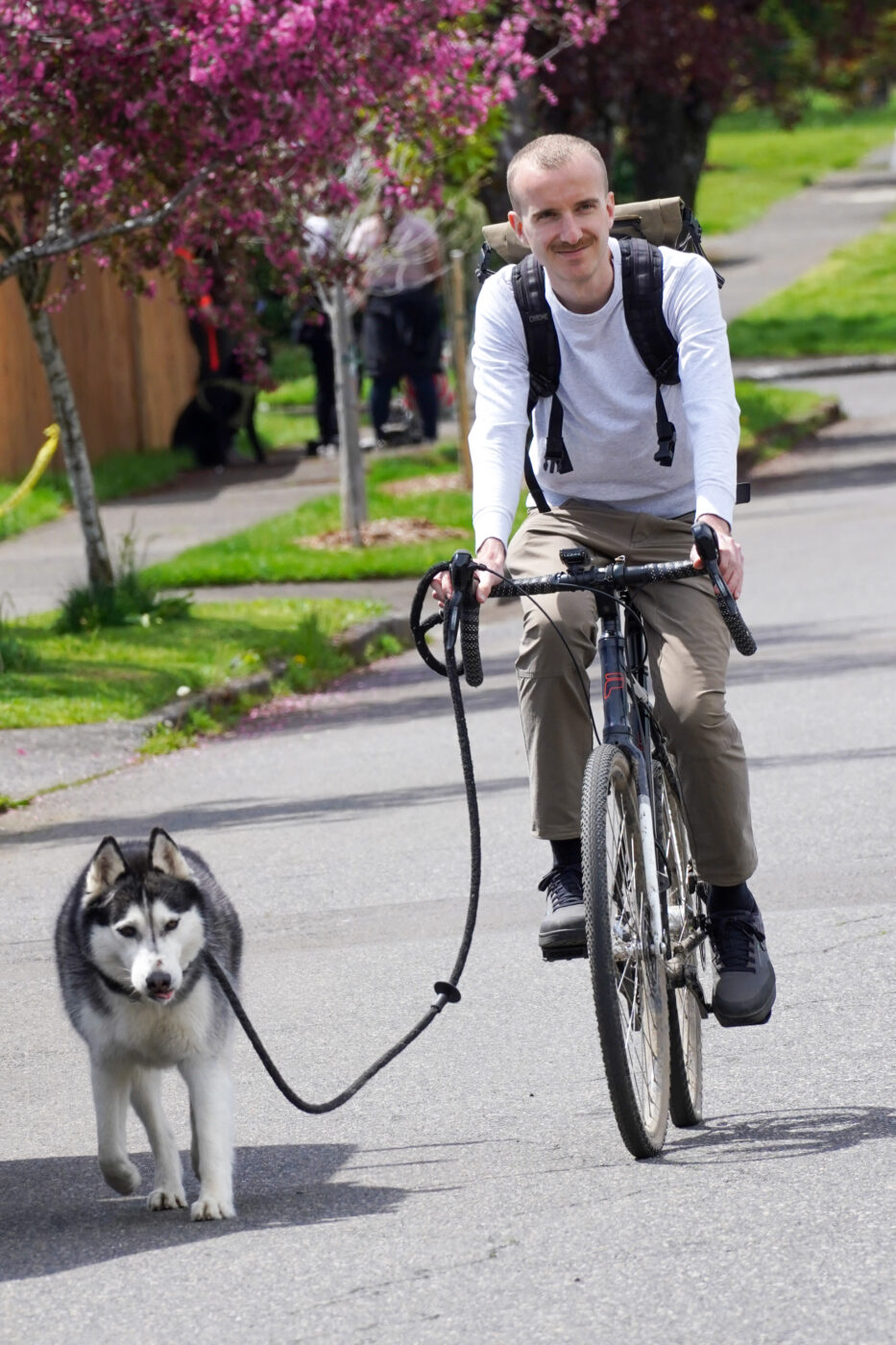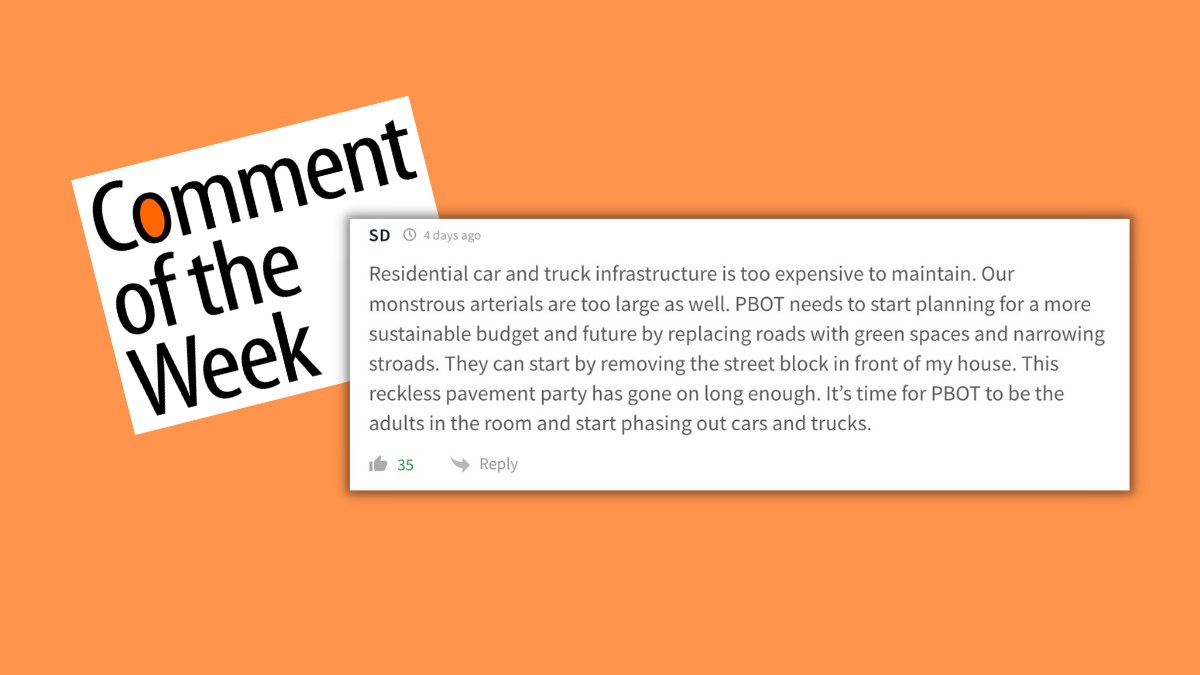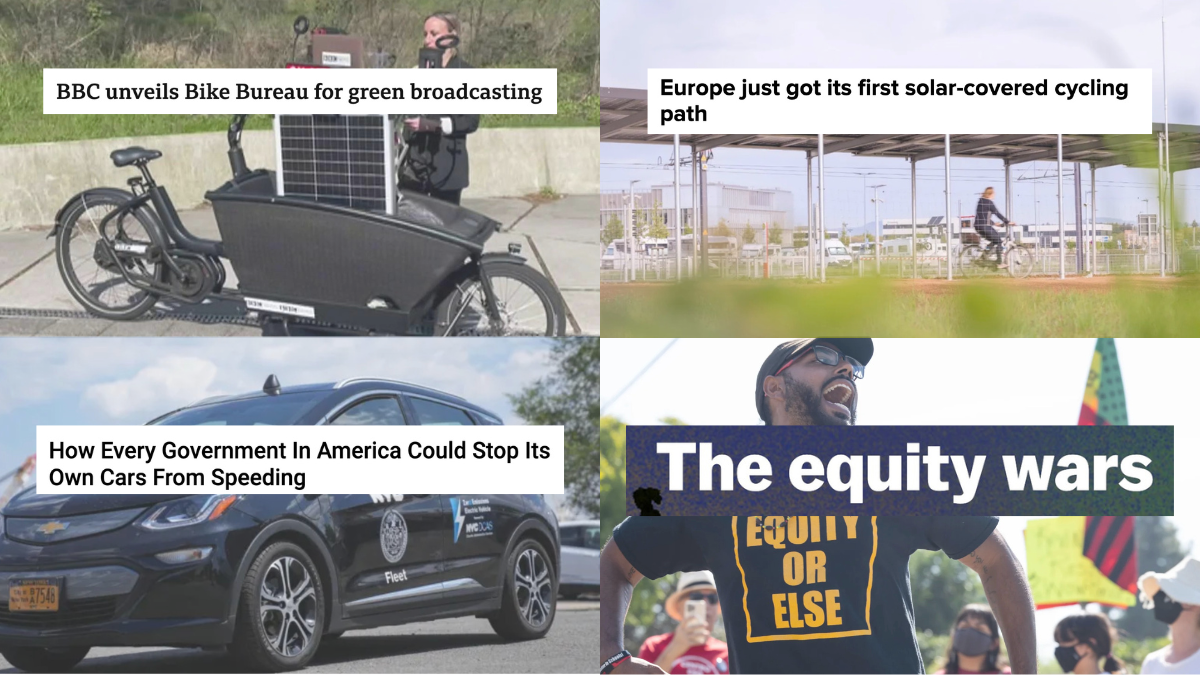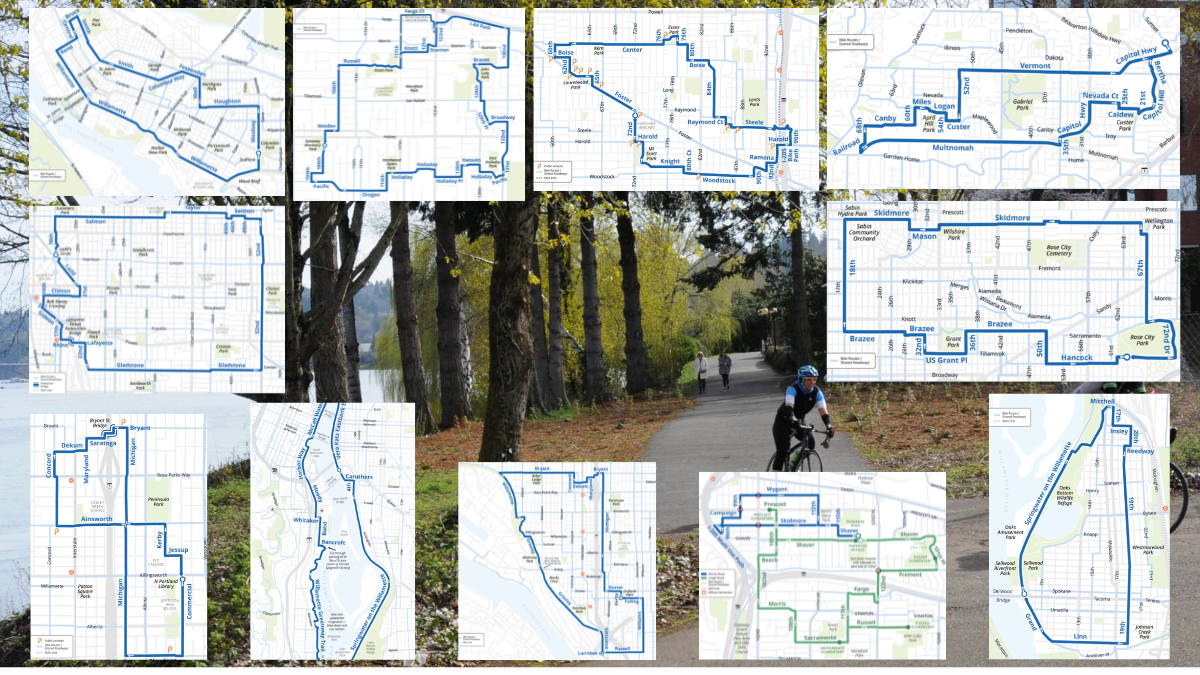Ah, the glory days before Covid and accumulated crises decimated downtown; when drivers filled their tanks and city-owned parking lots with their large, dangerous, toxic vehicles that are inherently incompatible with quality urban life. Don’t you miss those days?! Or maybe you just miss that sweet, sweet money from all that gas and parking revenue.
The Portland Bureau of Transportation sure does. But at least their leaders have the sense to resist the urge to bring it back. Unfortunately the same can’t be said for the director of Portland’s budget office.
Let’s back up a bit…
Last week we shared just how perilous PBOT’s budget situation has become. The agency has just one more year before they reach the end of their line. There will be no more financial reserves to draw from, even deeper cuts, staff layoffs, “dramatic and visible service reductions,” and so on and so forth. Then, as PBOT Commissioner Mingus Mapps puts it, “The cancer which is currently consuming PBOT will start to consume every general fund bureau,” because PBOT will have to borrow from other bureaus just to keep the transportation system on its feet.
Mapps is desperate to find a way out. That’s why, to the surprise of many City Hall watchers, he floated an idea to charge Portlanders about $8 a month for a “transportation utility fee” in hopes of saving his bureau (and his political legacy). The move raised eyebrows because similar revenue-raising efforts by previous PBOT commissioners took months of political alliance-building and public partner-vetting before ever seeing the light of day. The abrupt and audacious move showed that Mapps is willing to throw almost anything at the wall in hopes that something will stick.
At a City Council budget work session Tuesday morning we got another chance to see Mapps wrestle with this issue, and it led to a revealing exchange with the director of Portland’s City Budget Office (CBO).
Mapps, Mayor Ted Wheeler, city staff, and the rest of council came together to learn about the Mayor’s proposed budget for fiscal year 2023-2024. The meat of the meeting was a presentation led by CBO Director Tim Grewe. Grewe was appointed to that position in January by Mayor Wheeler and comes with an impressive resume that includes a recent stint at the U.S. Treasury. Grewe’s 30-year career at the City of Portland (which ended in 2006) included service as the City’s first Chief Administrative Officer, its Director of the Office of Finance and Management, and the Director of Financial Planning.
The respect this background demands is why, at one point in his presentation, Mapps turned to Grewe and ask, “Can you kind of summarize and give us a sense of where PBOT is financially and the implications that has for say, the budget moving forward? And if you have any advice for me to actually manage the bureau that I find to be in a series of economic paradoxes?”
Grewe’s answer raised a few eyebrows:
“Yes. We would hope that going into the future, people would be using their cars more and we’d be getting back to levels of gas tax that we’ve had previously, people would be using our parking structures in our parking places like they used to do previously. I’m not confident that that’s going to be the trend that we see. So I think the PBOT is going to continue to have to economize, be efficient, and continue to reduce services unless we can find a funding source that helps them going into the future.”
The context here, which many of you know by now, is that one of the reasons PBOT is in such dire financial health is because the two main funding pots that have historically funded them — parking meter and gas tax revenue — are dwindling fast. The tension isn’t just financial, it’s that these two sources of revenue come from driving cars, which is something all of Portland’s adopted plans for transportation, climate and land-use say we need much less off.
To have the city budget director so misaligned with a key tenet of Portland’s values and goals is troubling. Furthermore, it underscores just how mentally hitched we are to cars that such an astute financial expert thinks driving is good for our long-term budget. Not to mention the fact that no amount of hope will likely bring back the driving glory days Grewe envisions.
Another thing we learned at the budget work session yesterday? Grewe’s hope for more driving looks less likely than ever. According to PBOT Business Services Group Director Jeremy Patton, the bureau expected downtown parking to have recovered to 80% of pre-Covid levels by now. Their budget reflected this, and back in November they expected a $9 million hole in 2024-2025 as a result. But an updated forecast shows parking has not returned. “Parking has been flat and it’s about the same as it was last year and we’re not showing a huge increase moving forward — a very, very slow incline if any,” Patton shared with city council members. “What we’re showing right now is that’s that’s nowhere close [to earlier forecasts] unless we get a lot more parking and a lot more folks coming downtown.”
When adjusted for the new parking forecast, the 2024-2025 gap balloons to $28 million.
PBOT’s hands are tied. It’s politically infeasible to do anything that even hints at encouraging more people drive downtown, and the politics of a major new transportation fee are daunting. In fact, the politics of any new fee right now are daunting.
Complicating the issue is that fact many taxpayers are burned out. So much so that Mayor Wheeler senses an opportunity and now wants voters to know he thinks the collective tax burden is just too damn high. Could Wheeler’s new anti-tax posture mean that PBOT’s 40-cent parking meter increase — the major feather in their budget cap this year — is in peril? PBOT tucked the 40-cent increase into the 20-cent increase they got through council last summer, so it was sort of hidden. That meter increase is a key way PBOT will stay in the black this coming fiscal year. According to PBOT budget documents, if the increase in not approved, they will have to cut their budget an additional 4.5% in 2024-2025 (from a 7.7% cut to an 11.6% cut).
Suffice it to say, PBOT budget talks are getting pretty dark.
At one point in yesterday’s meeting Mapps asked Patton for the straight dope: “How much do I need to shrink the bureau by given the trends we are talking about?”
“We’re looking at 20%.”
Ouch.
And you know it’s serious this time because the tone has shifted from how to raise revenue to how to survive without it.
“Over the course of the next year, we’re going to have to talk about operational changes,” Wheeler said at the meeting yesterday. “We’re going to have to talk about potential shifts in the way we do business… And yes, when it comes to transportation in particular, really restructuring the revenue model.”
Buckle in folks.


